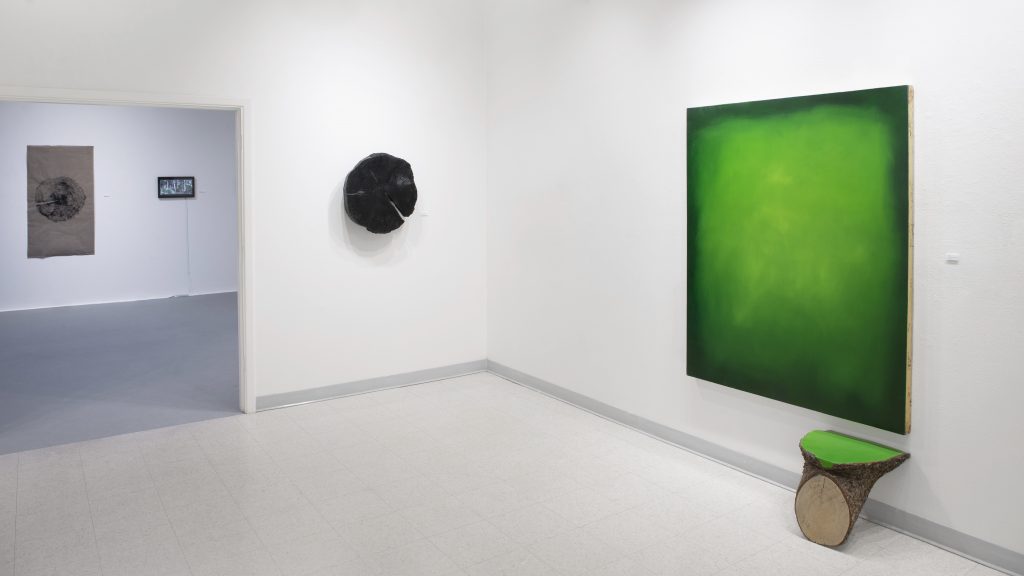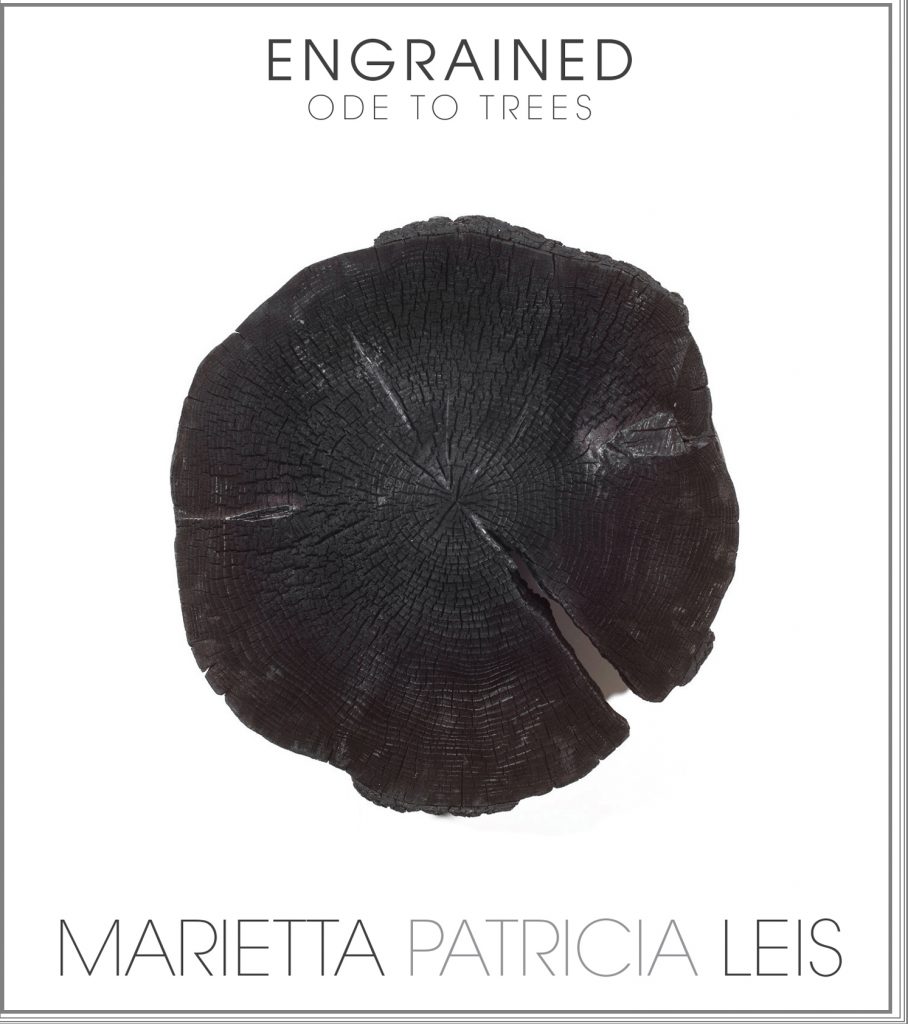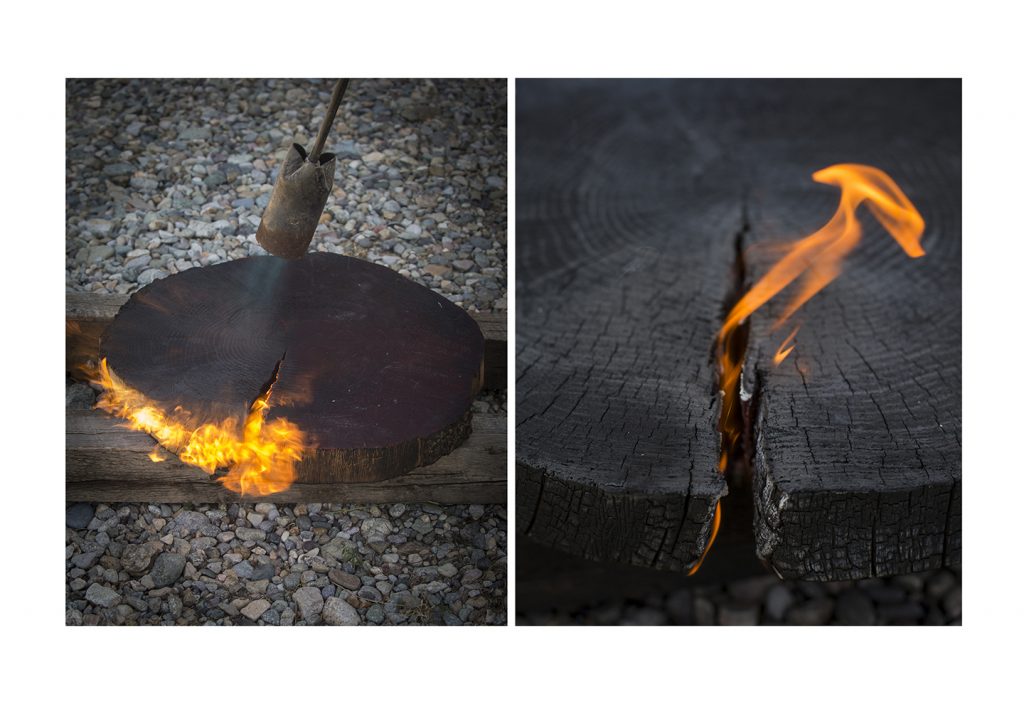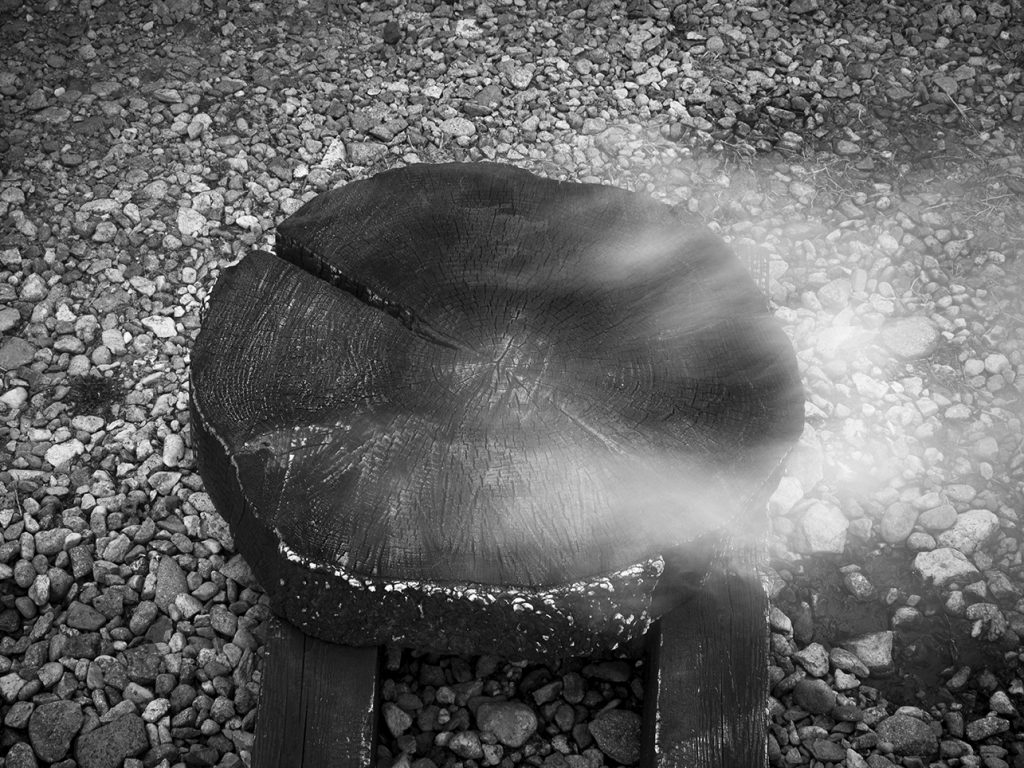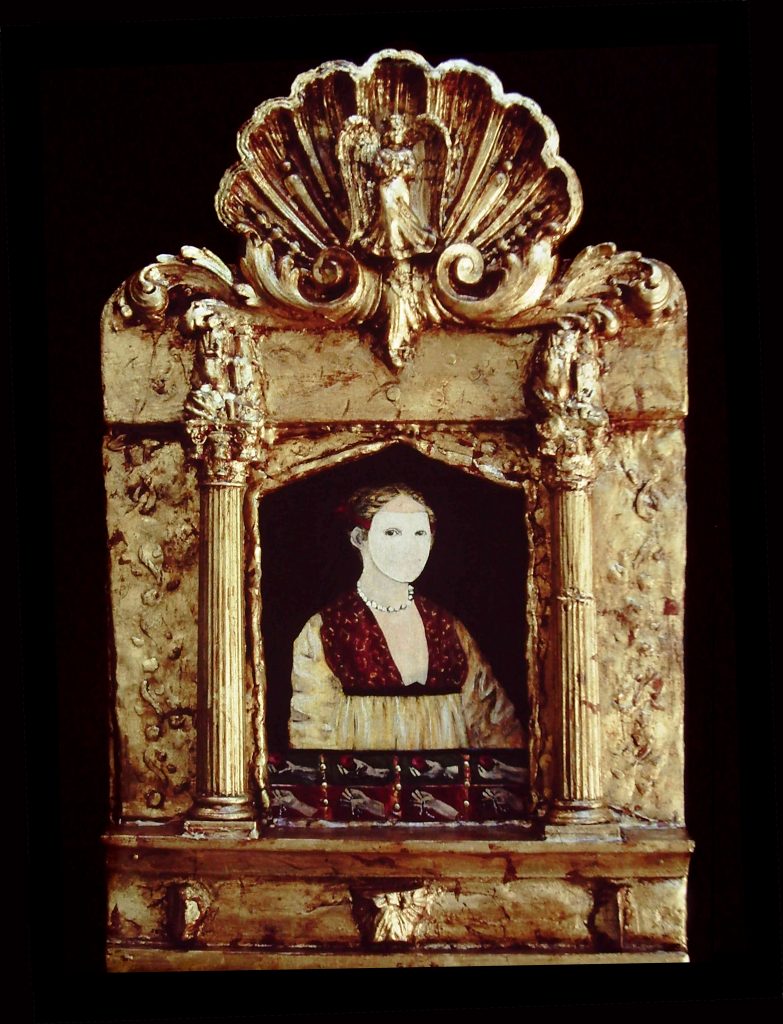The two years prior to setting off on my travels in early June this year to Italy and Latvia were spent largely designing and executing the exhibitions I shipped to Venice and Daugavpils. My itineraries included both exhibitions but my first stop was Tuscany where my husband David and I wanted to regroup and have a little R&R—Italy always seems to achieve both of those goals for me.
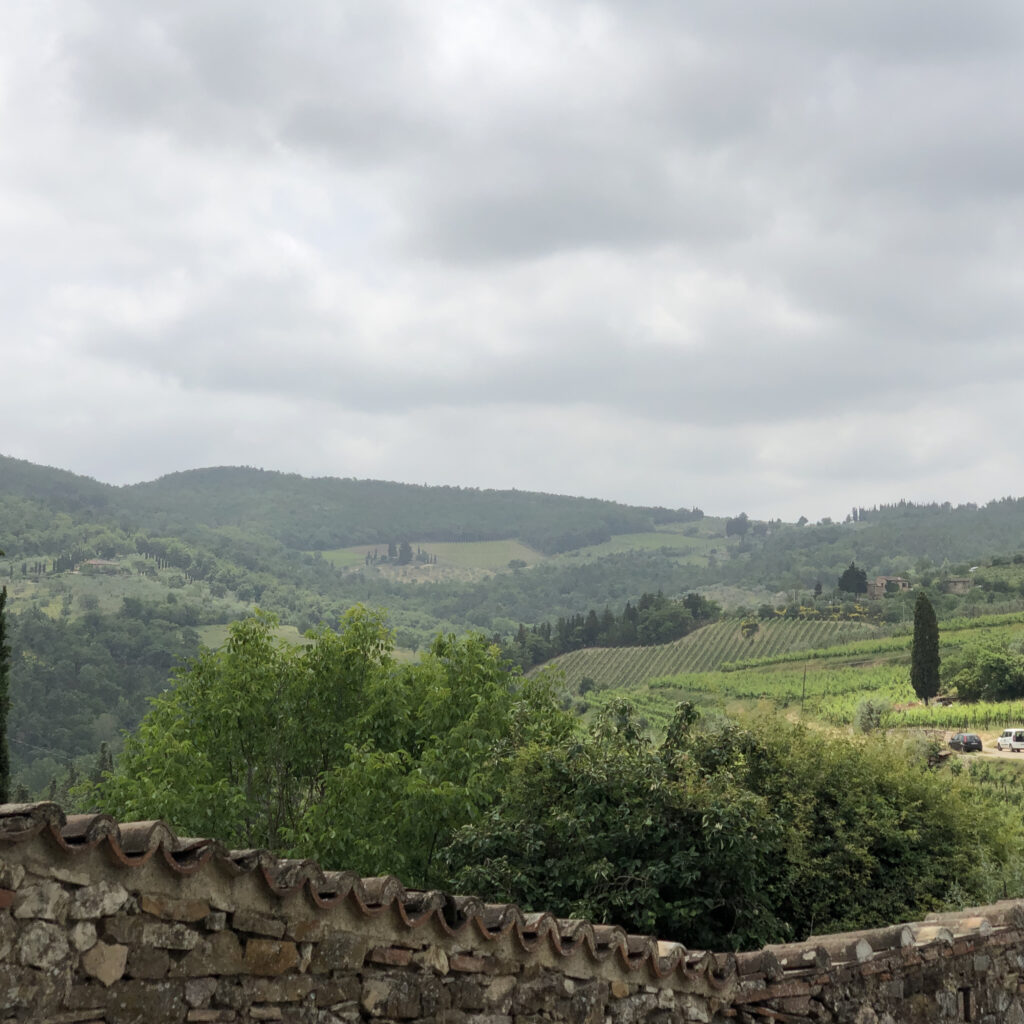
We stayed outside of Florence in an agriturismo- a small farm that accommodates guests. It was in one of those lovely green enhanced settings and offered us fresh grown food and quiet reprieves.The European heat wave settled in around us but we ventured a couple of outings-one to Vinci the birthplace and childhood place of Leonardo that tourist books deride (and therefore was uncrowded) and we found enchanting! The lovely views from this town can be found in the backgrounds of his paintings and the museums were well done with replicas of his work and demonstrations and plates of explanations. We got totally into all of it including the hologram of an actor talking to us as Leonardo!
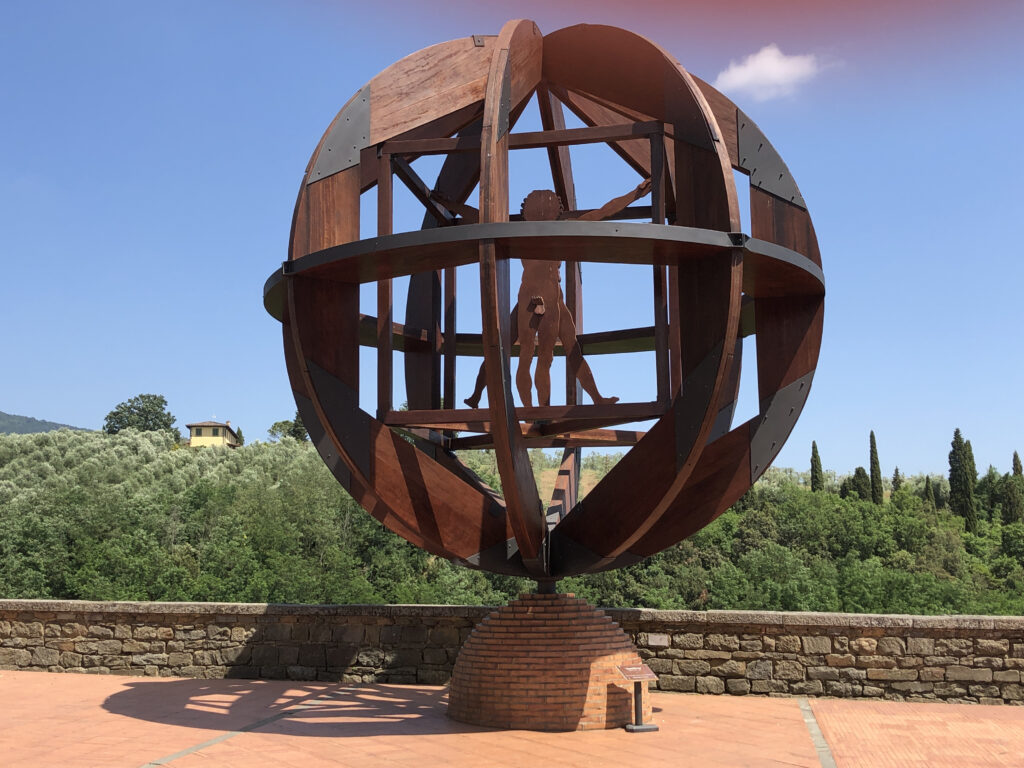 Vinci
Vinci
When we tore ourselves away from Leonardo we went to Pisa and arrived to see the last glimmers of light and then the tower lit at night. I had not been back since the last restoration so it was a relief to see the magnificent ‘wedding cake’ tower still standing though, of course, not upright. And, the night views are magical even with crowds.
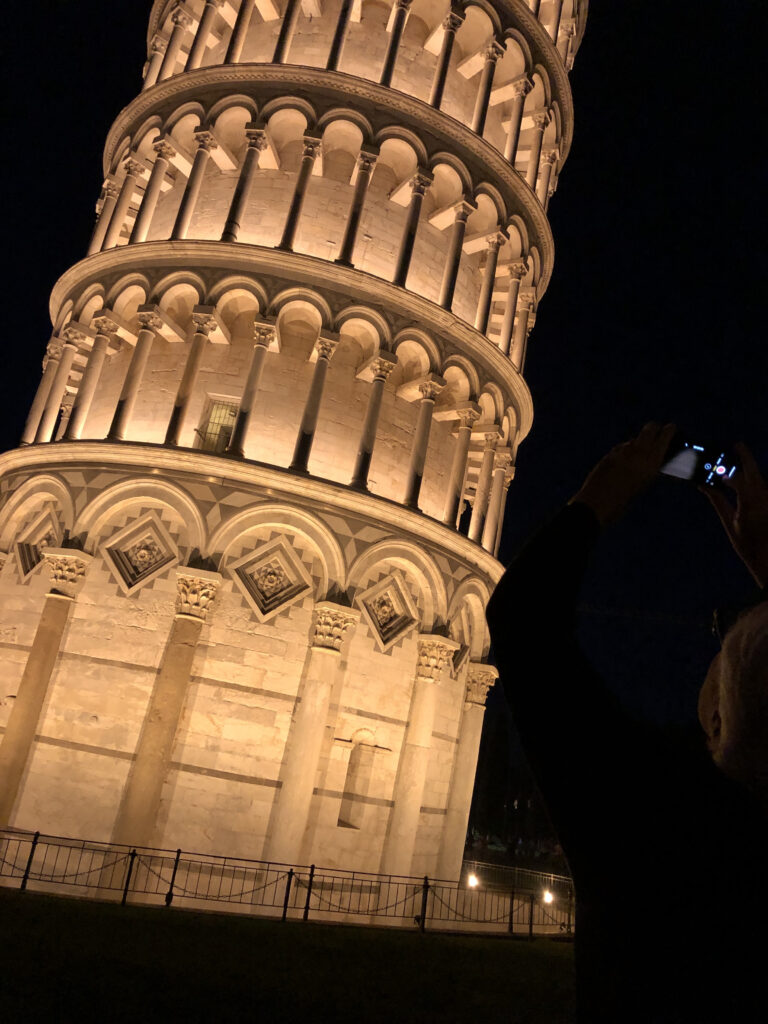
Our most impressive tripping was definitely going to Carrara. I have wanted to see this place of white marble for many years with it’s stories of Michelangelo choosing the marble for his Pieta. I never even imagined it would be a mountain range of marble—vast pits of glaring white owned by families for generations. We went into a mine where the cavern’s ceilings, walls and floors were of white marble and then went high up the mountain to walk among the pit—unimaginable—the vastness and the beauty. I kept seeing Michelangelo pointing to the slab he wanted. Carrara emitted a chilling visceral feeling that only living history can give me.
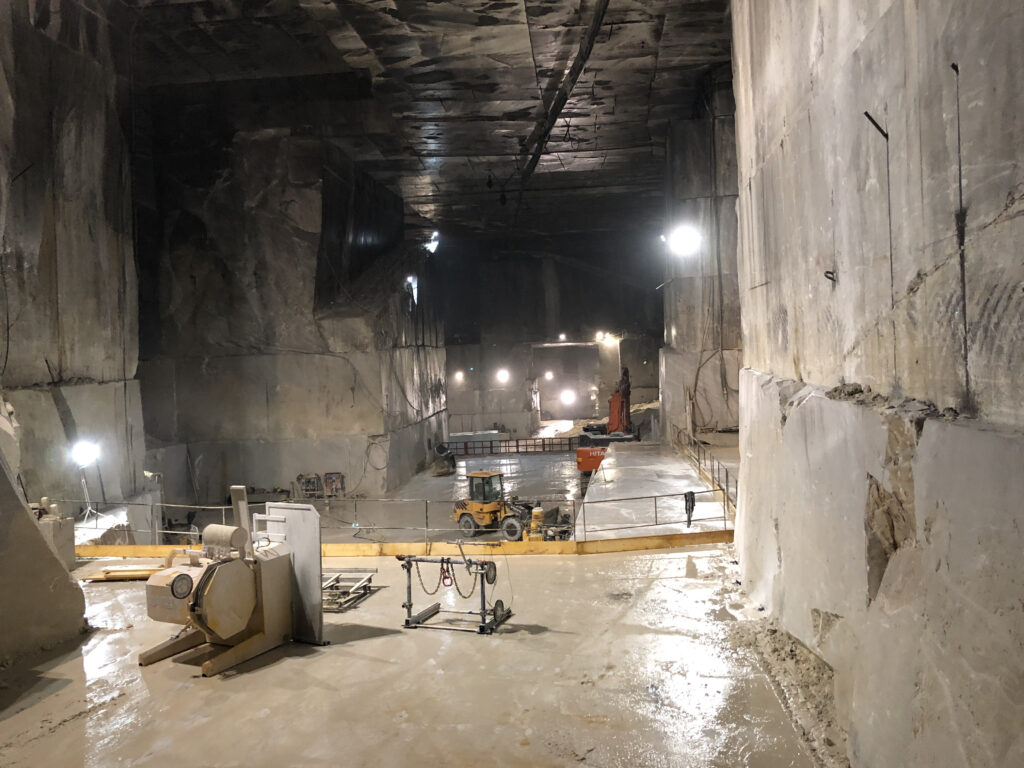
The heat wave followed us to Venice where the humidity and crowds made it intensify. I have been in Venice several times and its architectural beauty never fails me, but I must confess that the cruise ships have dampened my enthusiasm. These large monsters overwhelm this paradise in mere size as they glide into the Grande Canal and let off their thousands of passengers that crowd the narrow streets with the selfie sticks. It’s displaces the romantic picture I have carried of Venice for years.But that being said Venice is not mine to share or not—I have no say in this and why should not everyone have a quick peek at its wonders?
It is the year of the Biennale and my sculptural artwork, The Silent Road sponsored by the European Cultural Centre hangs in Palazzo Mora. I finally got to see it installed in the site it was designed for and I am gratified as it looks as it did in my mind over the many months of designing and execution. The architecture of the stairwell and the artwork complement each other and the paradox of textures of the old and new enhance the art.
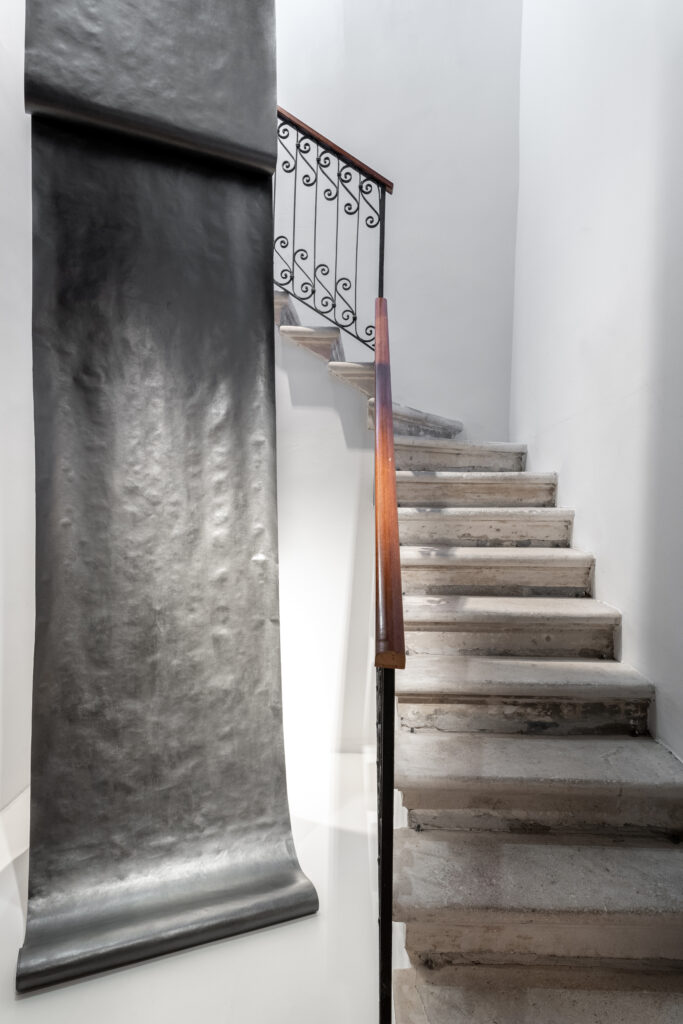
We visited it several times and did a photo shoot in the heat of the old palazzo with a Venetian photographer, Riccardo Grassetti that had us all melting while we documented the work.
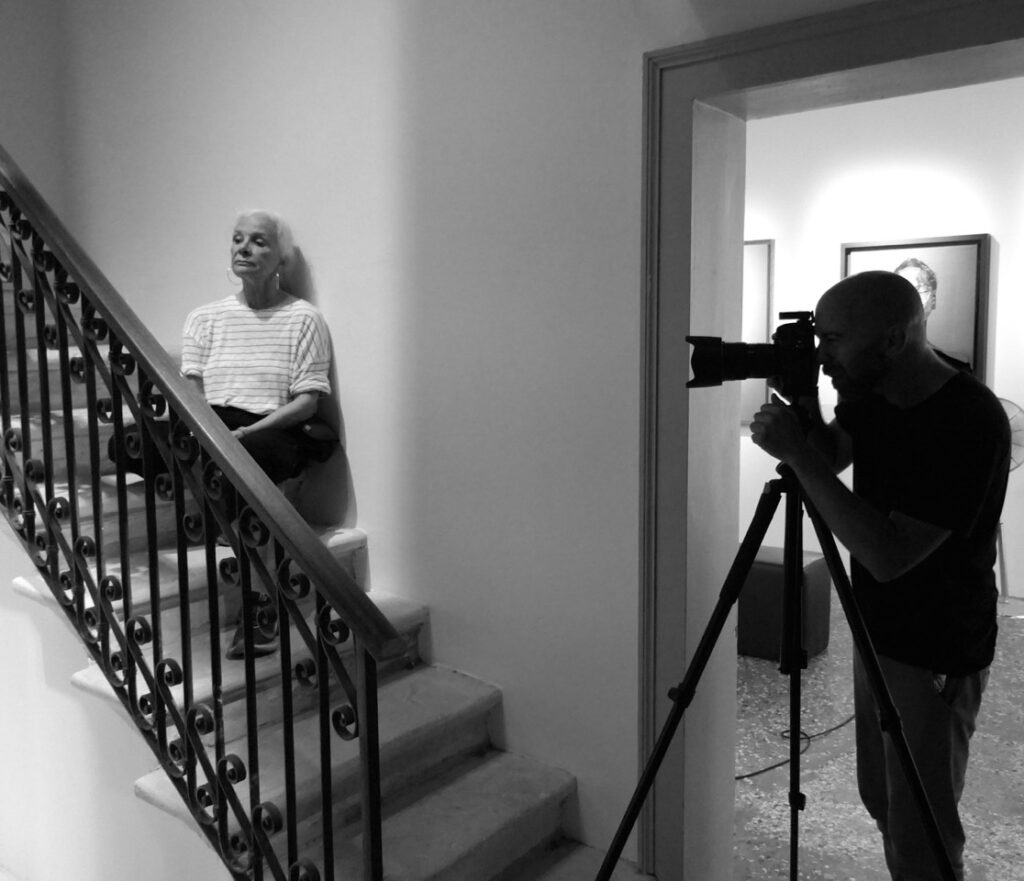
While in Venice we saw a lot of art in the Biennale and all over Venice while eating savory food with new friends, relishing the cool evening rides on the water vaporettos and crowd-watching, inevitably getting lost. I had the distinct pleasure of giving a presentation of my artwork, The Silent Road, during the Art Night of Venice. It was to an audience at the Palazzo Mora and sponsored by ECC. For me all art is a form of communication and if I can make my work more knowing to people by speaking to them about my intentions—that is something I truly enjoy!
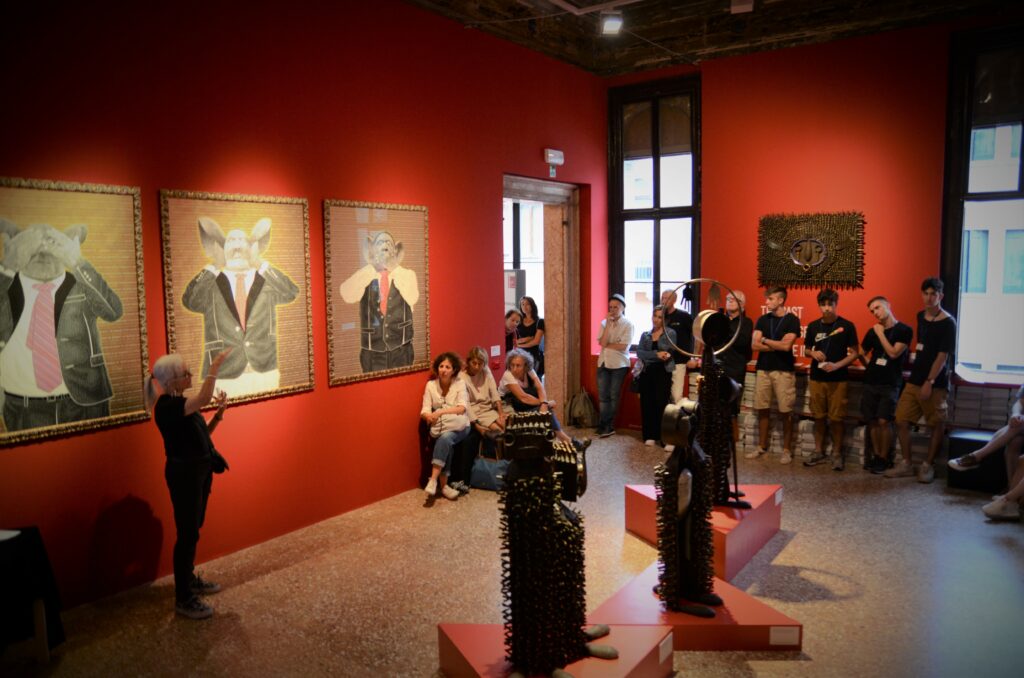
We bade a farewell to the still hot Venice and took a water taxi to Marco Polo Airport–yes that’s how one gets there from Venice–and off we go on a Polish airline to Vilnius, Lithuania enroute to Daugavpils, Latvia. We stayed one delightful night in the old town section of Vilnius and ate their renown capelinai-a dumpling with filling that was delicious.
The next morning we drove off to Daugavpils, Latvia to find the Mark Rothko Art Centre Museum of Modern Art and my exhibition there. The verdant drive was lovely and restful and we were in Daugavpils and the Mark Rothko Centre in a couple of hours.
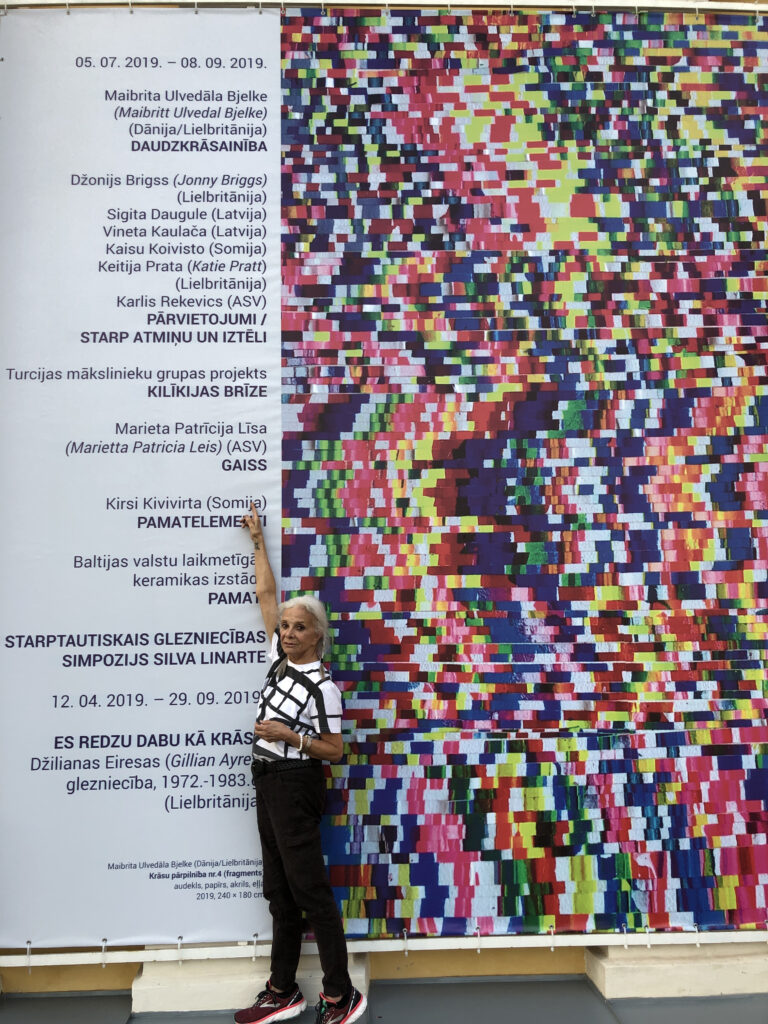
I had been reading a bit about Latvia and its history of occupations, repression and hard-won freedom. On the advice of a Latvian American man I also read The Glass Mountain, a well regarded fable that is really a metaphor for encouraging the Latvian people to strive for their freedom. All this background set the stage for my budding understanding of the country.
The Rothko Centre is, of course, named for the abstract painter that emigrated to America with his family when he was 10 years old from the town of Daugavpils that was at that time part of the Soviet Union. It is housed in a beautifully detailed renovated Russian fort from the last Czar’s reign. 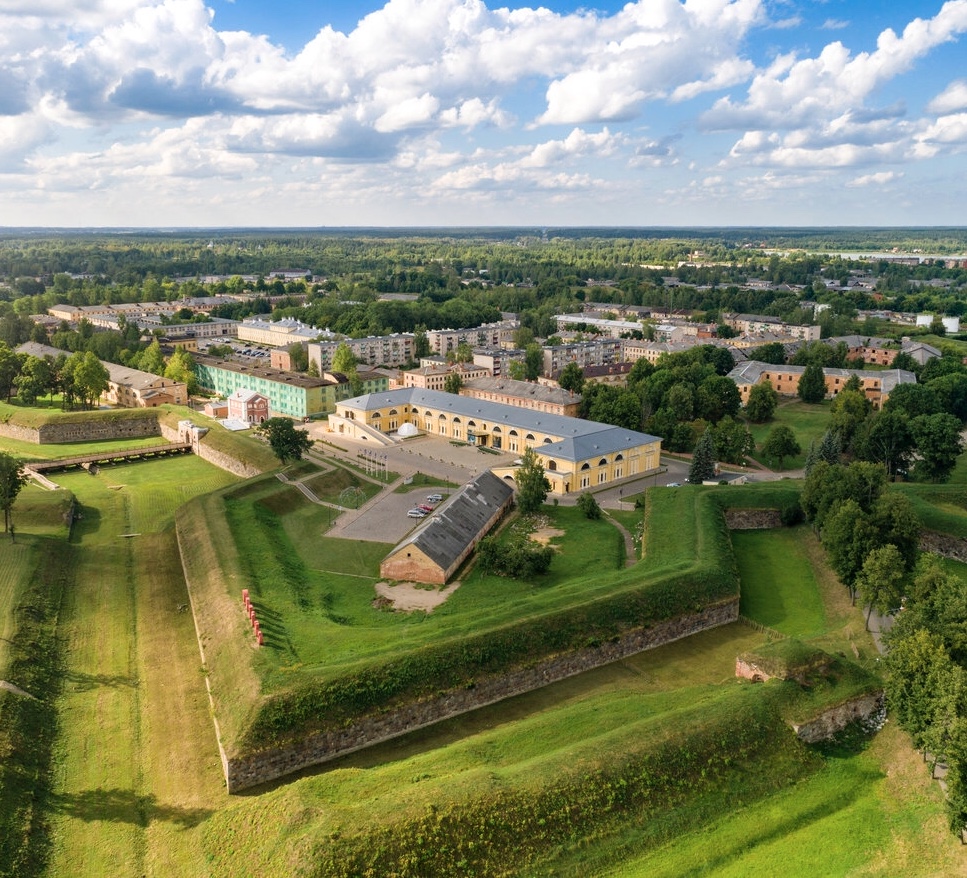
It is large and has many galleries, a library, artist workshops, conference halls and a large area of exhibitions devoted to the history of Rothko. It is the cultural center of the town and holds many events and brings in many international groups and artists to exhibit, teach and entertain. The Centre is impressive in it’s programing, it’s staff and professionalism. Luckily Rothko’s son Chris and daughter Kate endorse the Centre and lend his original paintings for the community to see.
While my exhibit, AIR, was being installed I gave a radio interview to a Russian program as Russian is still widely spoken in Daugavpils and also did a TV interview with a cultural newscaster from the capital, Riga.
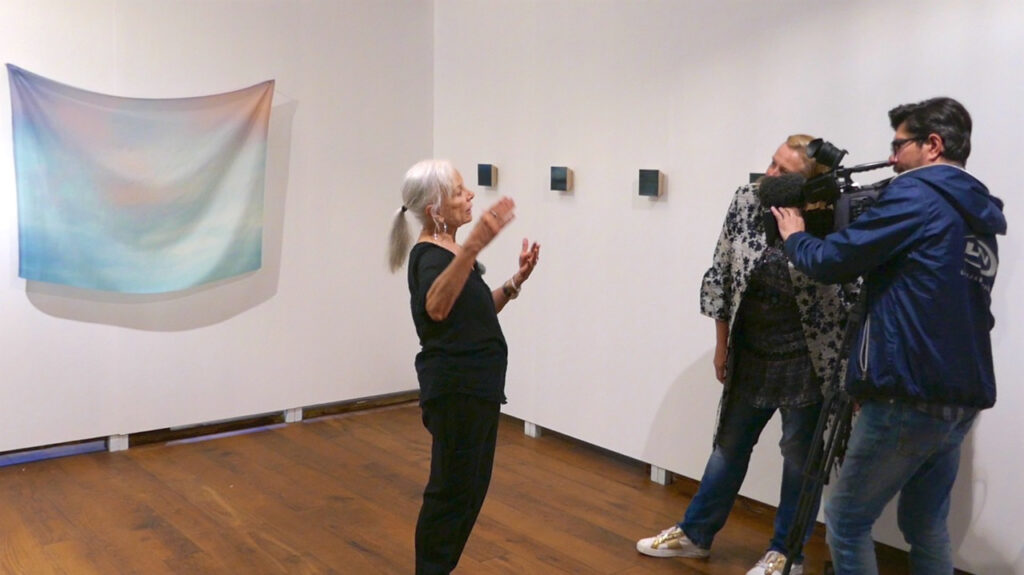
I was happy to do this as I wanted to explain the intention of my exhibit; that the earth’s air belongs to everyone on the planet without exception. We all inhale and exhale the same air. There are no boundaries or fences that keep air separate from one another and as such we must then all be guardians of the air that we all share.
The crew installing my art and the curator, Tatjana Cernova were excellent and very accommodating—getting the lighting adjusted and attending to details. The exhibition notes and my Poem/Statement was translated and displayed into English, Latvian and Russian. AIR was beginning to come together the way I had conceived it which was very exciting!
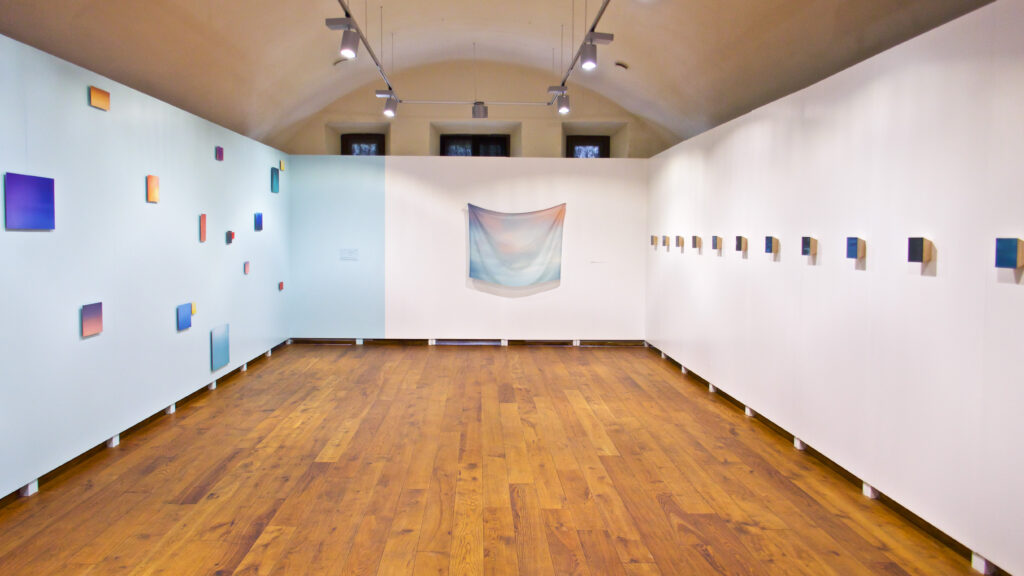
The exhibit consists of paintings on birch panels, photos on metal and on silk—all intending to give a visible impression of air—both light and dark.
The events that followed were all memorable. The opening reception had me and all the other artists that were exhibiting saying a few words and translators were there to make our words understood by everyone in the large audience. Then the following day I presented a slide lecture—again happy to be able to convey my thoughts about my life’s work.
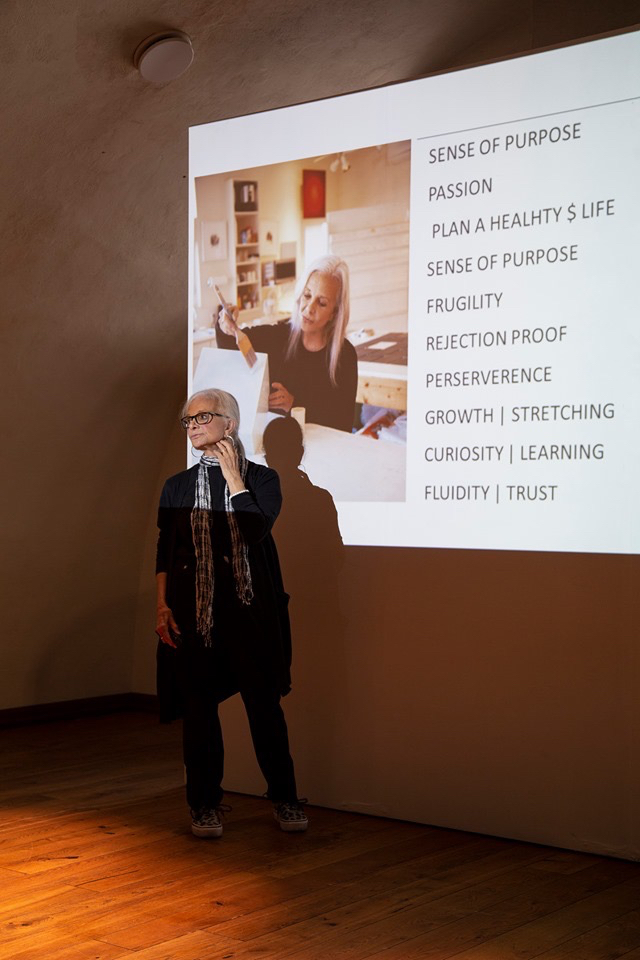
The Master Class that I taught “The Armature of Abstract Painting” was full of enthusiastic artist/students and we really worked hard for almost 4 hours. Each student completed 6 paintings with each one being a different assignment. We had a translator there as well and she worked right along-side me encouraging the student’s best work. I think I was quite a sight to the more reserved Latvian sensibility as I waved my arms, raised my voice and demonstrated openly my caring enthusiasm. But we had fun, made progress, made friends and colleagues and made lots and lots of great art!
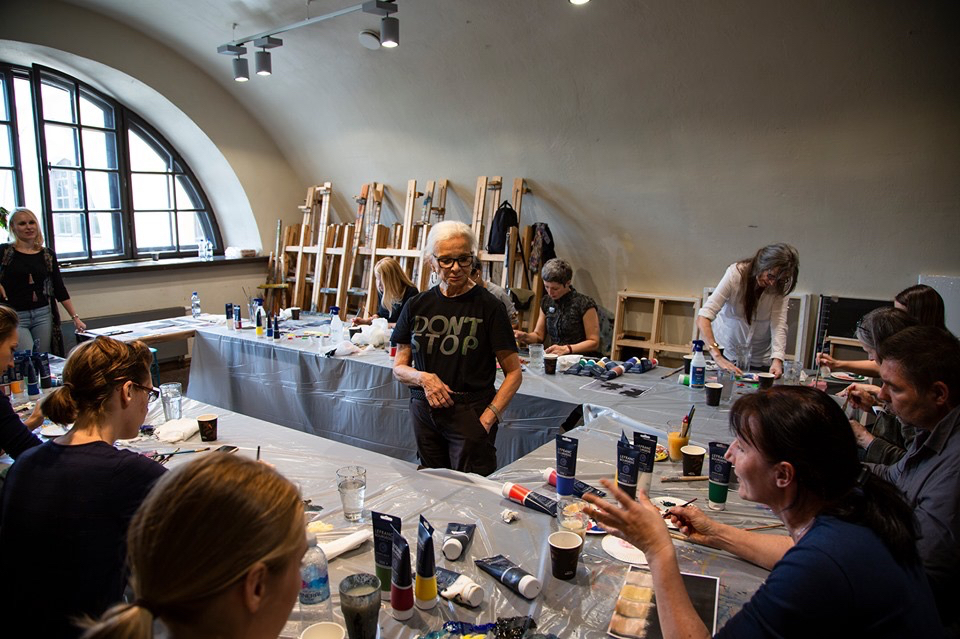
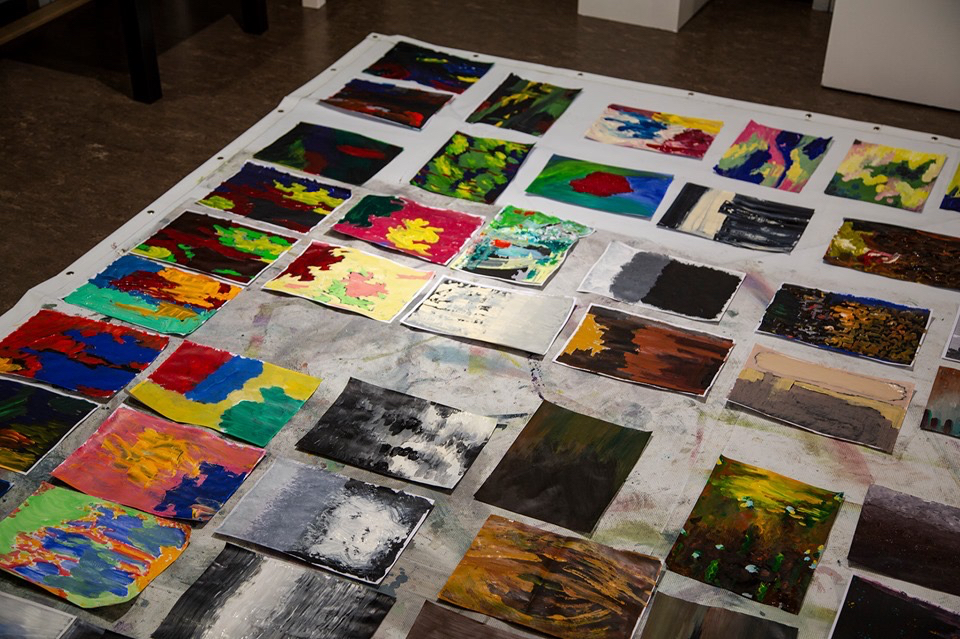
We left for Riga shortly after the class but had a bit of an opportunity to observe people viewing AIR—always liking to be that fly on the wall watching people respond to the art. The weekend after I left I was thrilled when I saw photos of Kate Rothko Prizel and her husband IIya Prizel viewing my exhibit when they were at the Centre for the event surrounding Kate’s loan of some of her father’s paintings original paintings that had not yet been seen in Daugavpils.
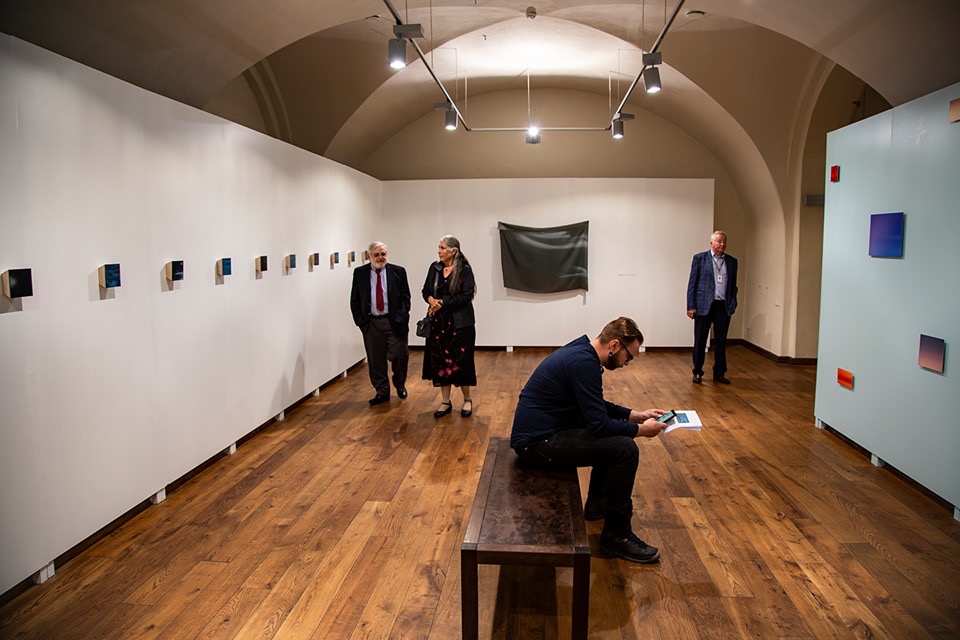
We stayed in the Old Town part of Riga—very charming with dramatic changes of weather coming off the Baltic Sea. Riga is not one-dimensional—there are many nuances to the city. One new architectural interest is the Latvian National Library that was influenced by the earlier mentioned book, The Glass Mountain and shaped in an abstracted version of that mountain. There are industrial and gentrified parts of the city and also remnants of the Soviet era squared apartment buildings along with more contemporary districts of coffee shops, art and commerce.
We were there only a couple of days but luckily the US Embassy in Riga had arranged and sponsored a panel at the contemporary art center KIM? In Latvian the acronym would mean What is Art? On the panel was myself, the American artist and a Latvian artist living in the Netherlands and the moderator was a Latvian curator soon to visit the US. The exchange was lively and funny and provocative and I was so happy to have this last stimulating experience before my journey home.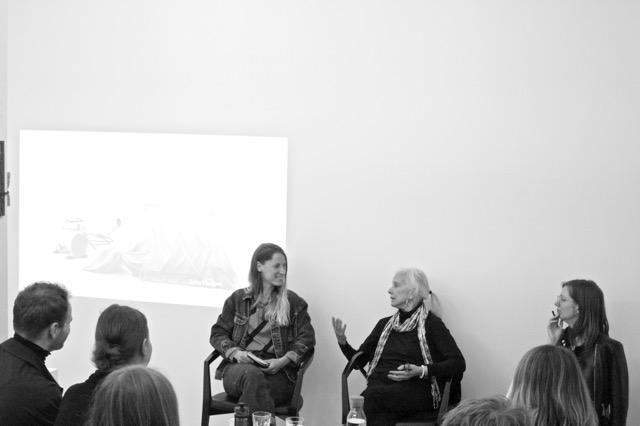
One thing that have reflected on since I’ve returned that I’ve always believed but now feel in an even more visceral way is that art is a great communicator and a common denominator and a way to connect people globally. Art slips through borders and enters hearts and joins hands. Happily some of the people I met along the way and I’ve mentioned only a very few here will be social media friends, will be lifetime colleagues, support systems and professional networks.
Now just a few words as I prepare for the fall agenda back in New Mexico….The Longer Table group exhibition at the Santa Fe Community Gallery (Sept-Jan) will show my wax sculptures, Vapors. Vapors were made after my artist residency in verdant Thailand. Being in Northern Thailand made me viscerally aware of the paradox of abundance and scarcity as food was seemingly plentiful in Thailand but lacking in neighboring Laos, Cambodia and Myanmar.
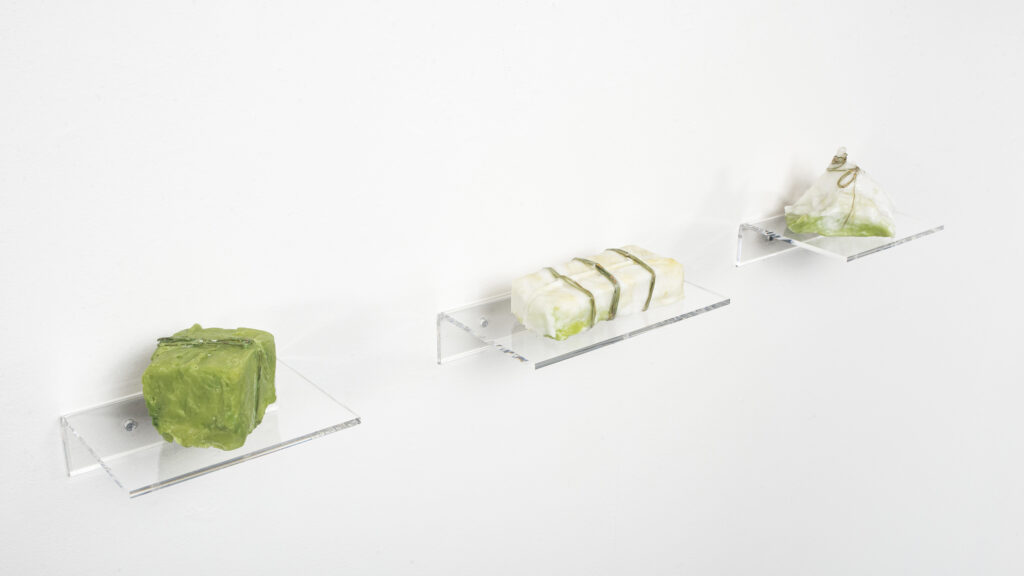
The NMMoA Alcove exhibit (October-December) will excerpt my exhibition Engrained;ode to trees in which I try to seduce people with the beauty of trees to contemplate our need to preserve, plant and have gratitude for all the gifts that trees bestow on us and the world we inhabit.
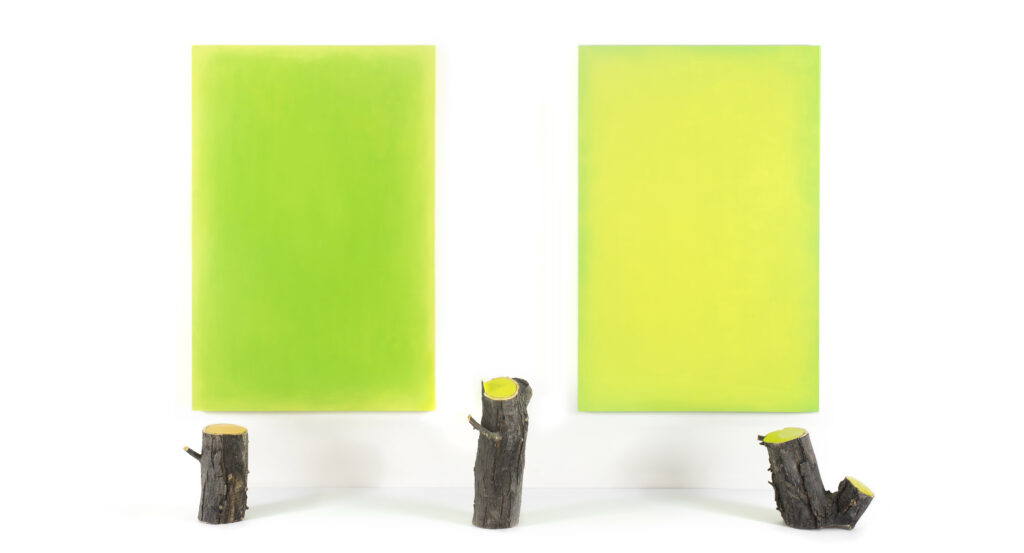
Stay tuned for more upcoming news
& have a good fall and winter season. CIAO!
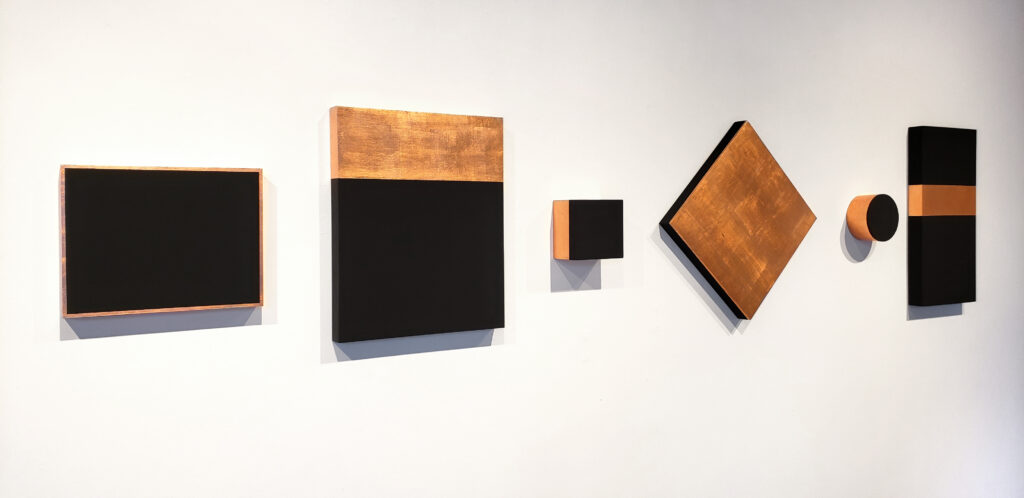
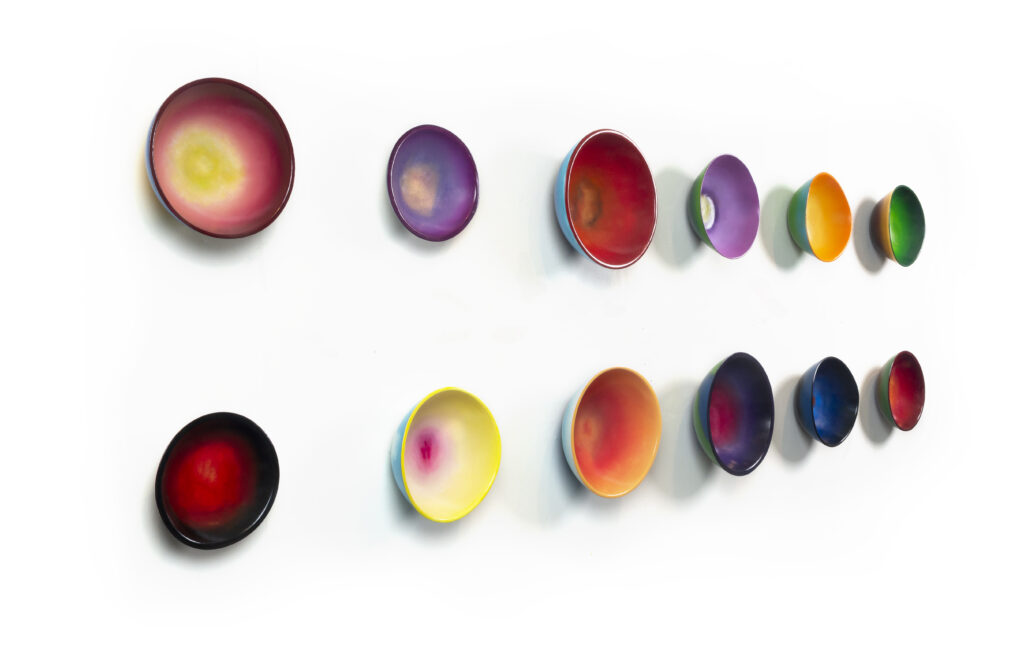
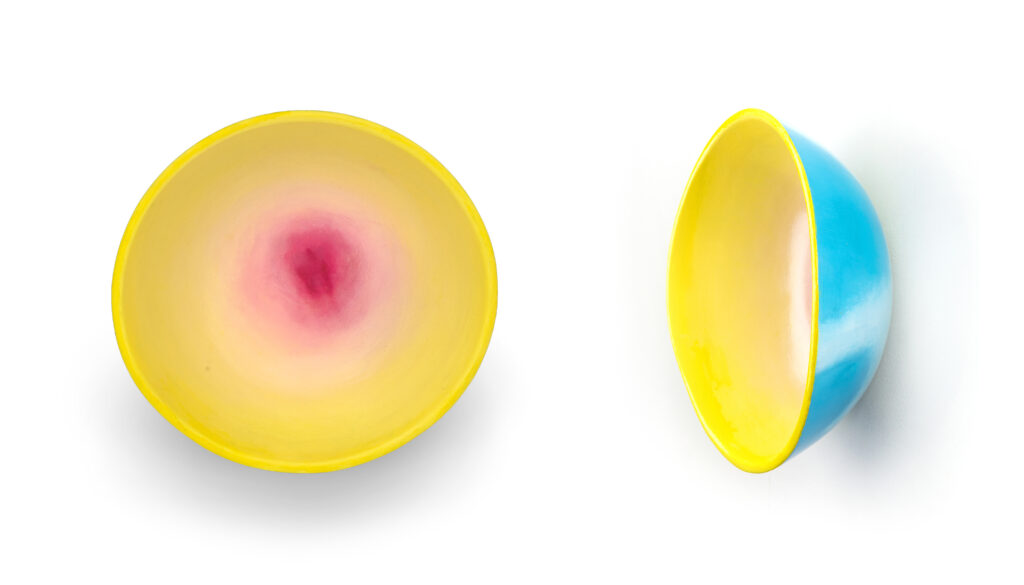
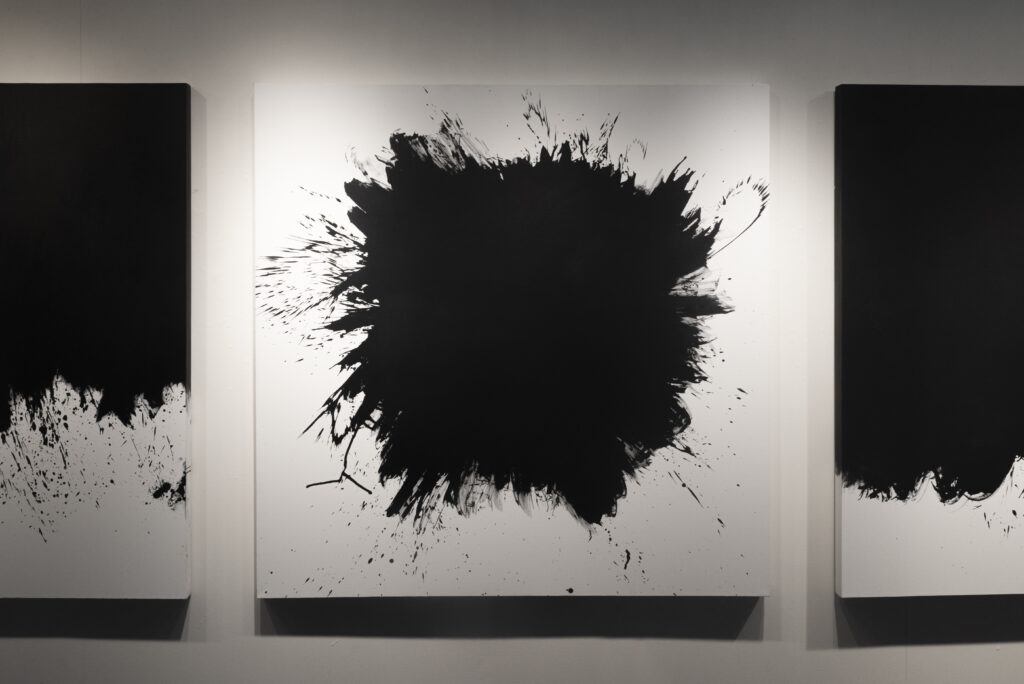
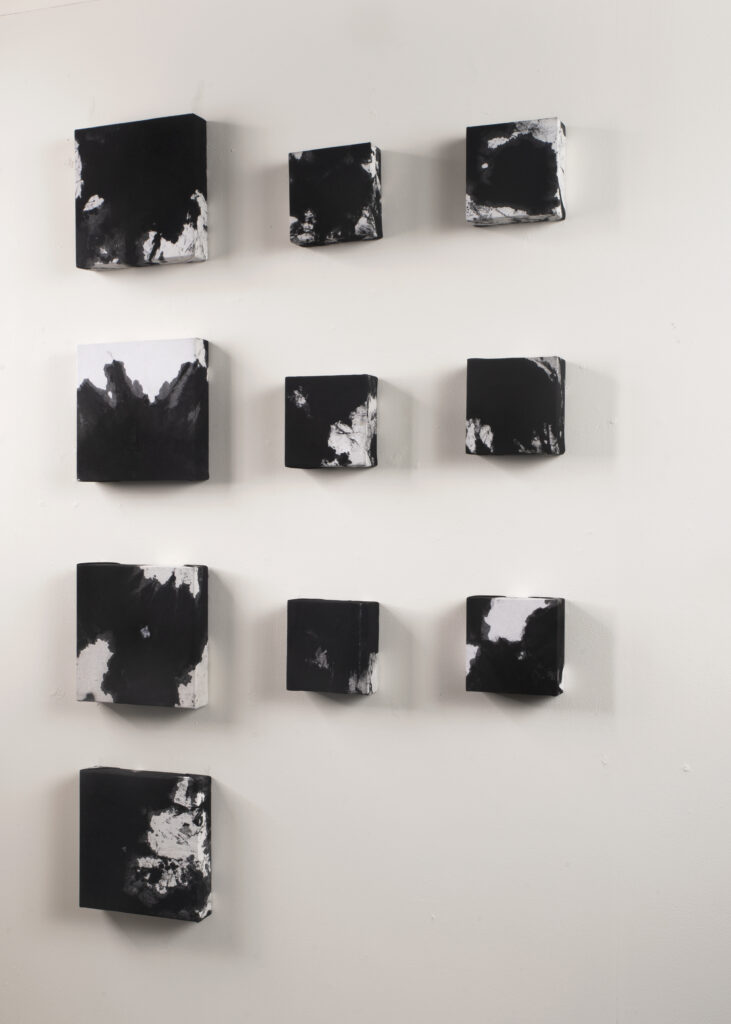 After so many restrictions and fears of Covid-19 something switched for me in these 2021 ink and gesso paintings. I threw off the chains of confinement and struck back. The transition was not planned–my mind did not control the hand. My heart knew I had to beat my fears into submission by letting the ink express the chaos and heaviness I felt. It was then that I started to settle and began to feel a new grounded-ness.These paintings reflect the internal landscape of the pandemic eon and also the ‘other side of numbness’.
After so many restrictions and fears of Covid-19 something switched for me in these 2021 ink and gesso paintings. I threw off the chains of confinement and struck back. The transition was not planned–my mind did not control the hand. My heart knew I had to beat my fears into submission by letting the ink express the chaos and heaviness I felt. It was then that I started to settle and began to feel a new grounded-ness.These paintings reflect the internal landscape of the pandemic eon and also the ‘other side of numbness’.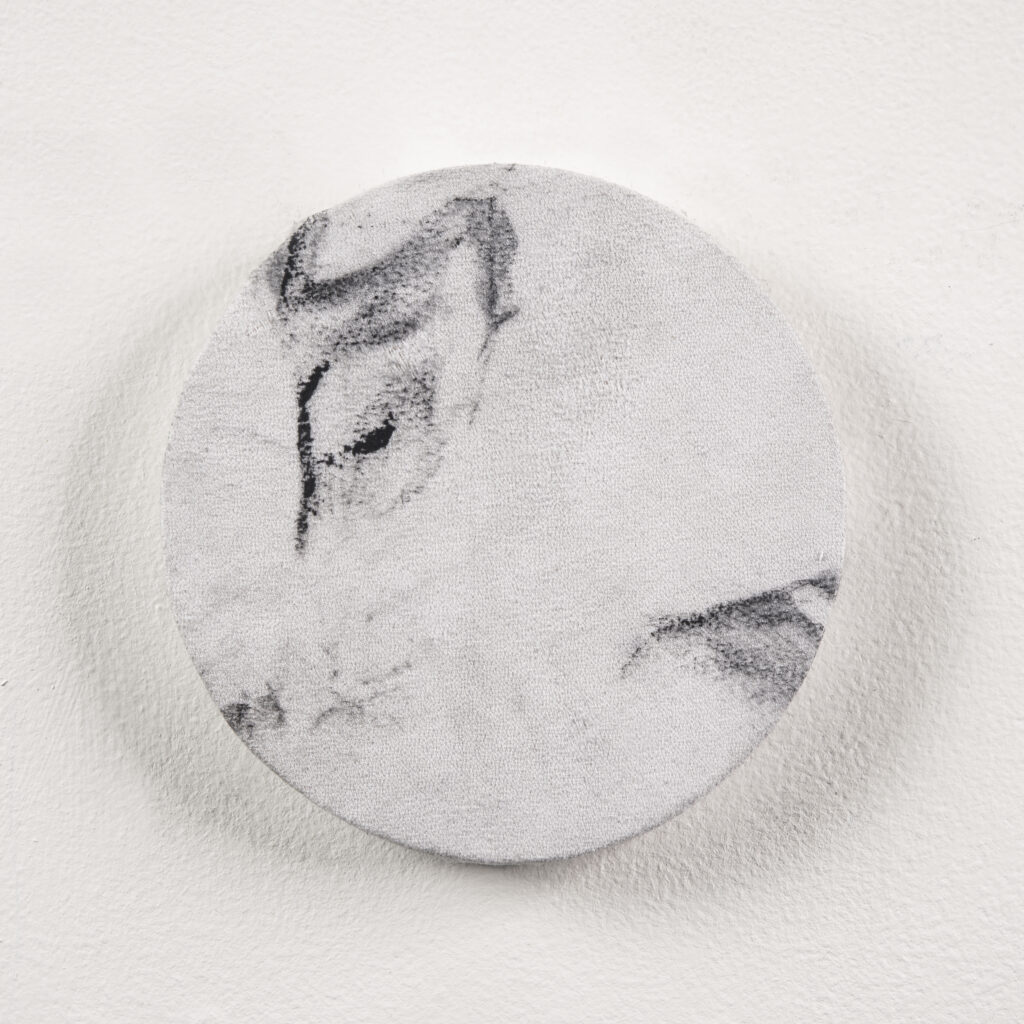
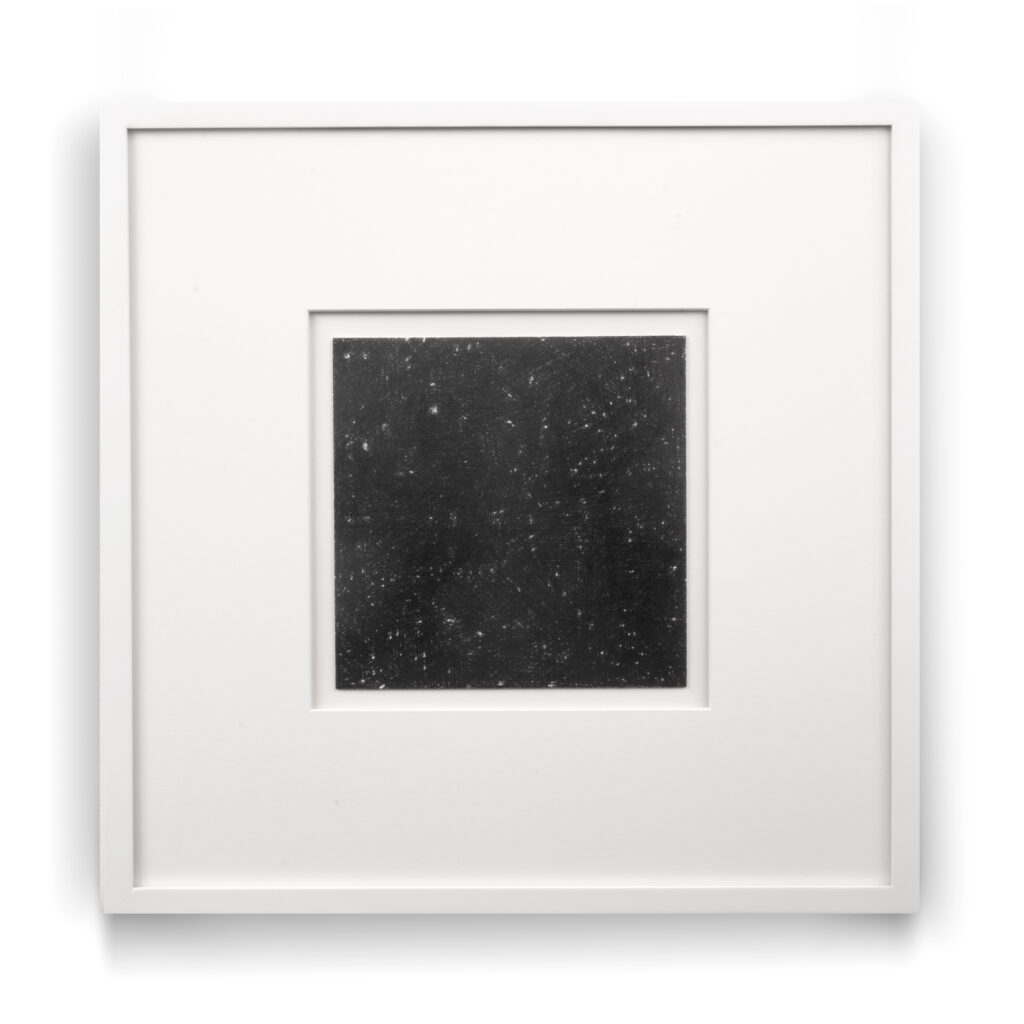
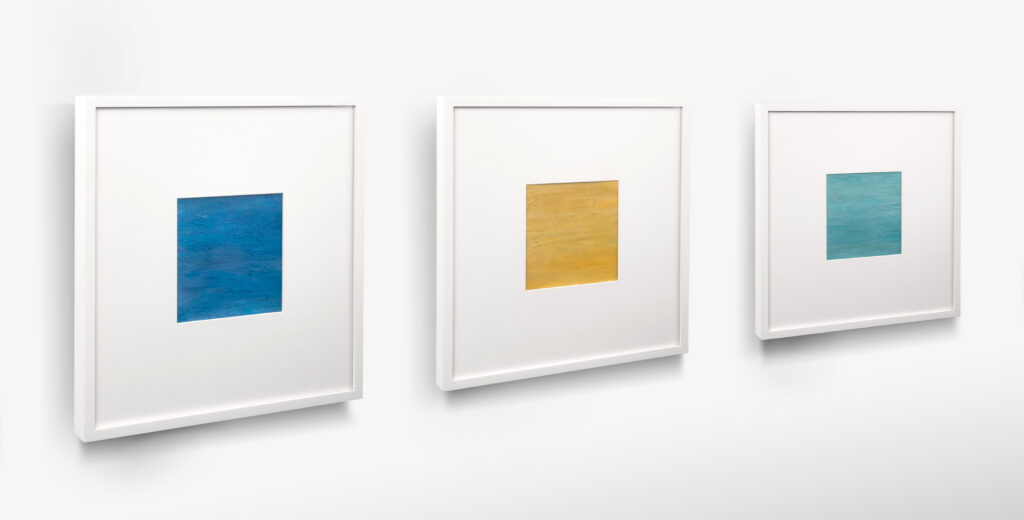
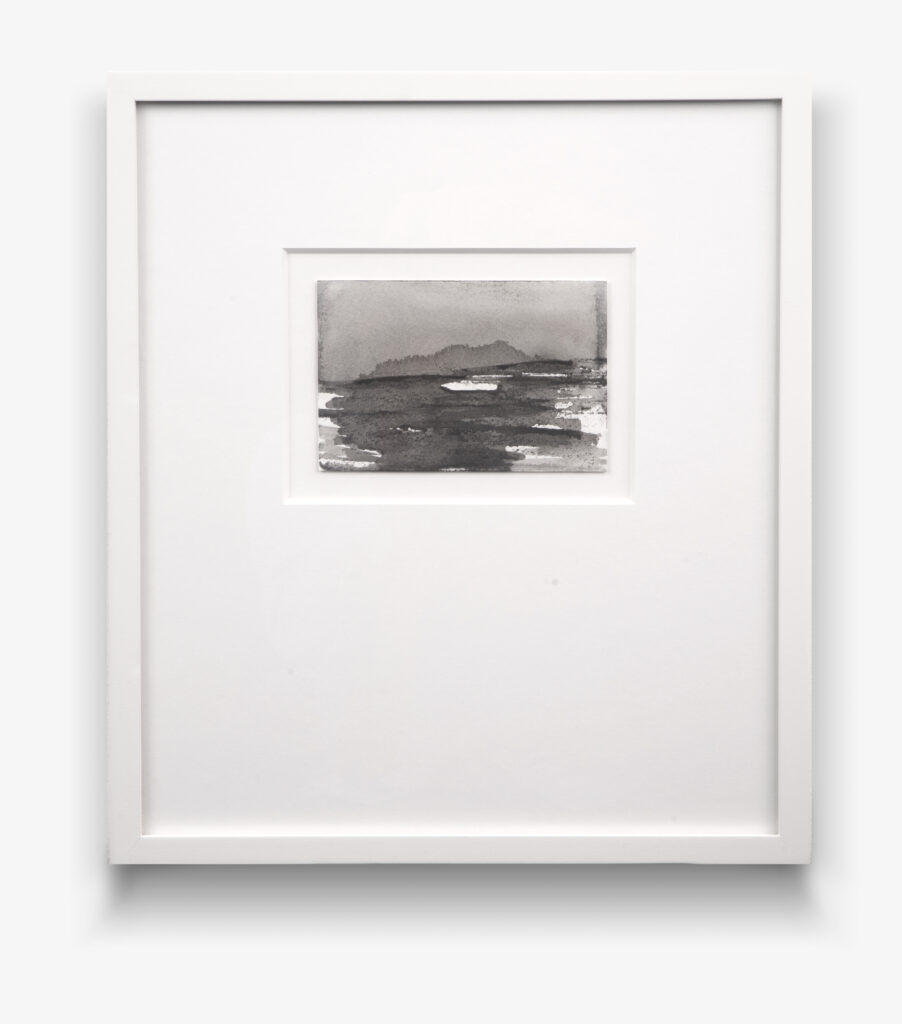
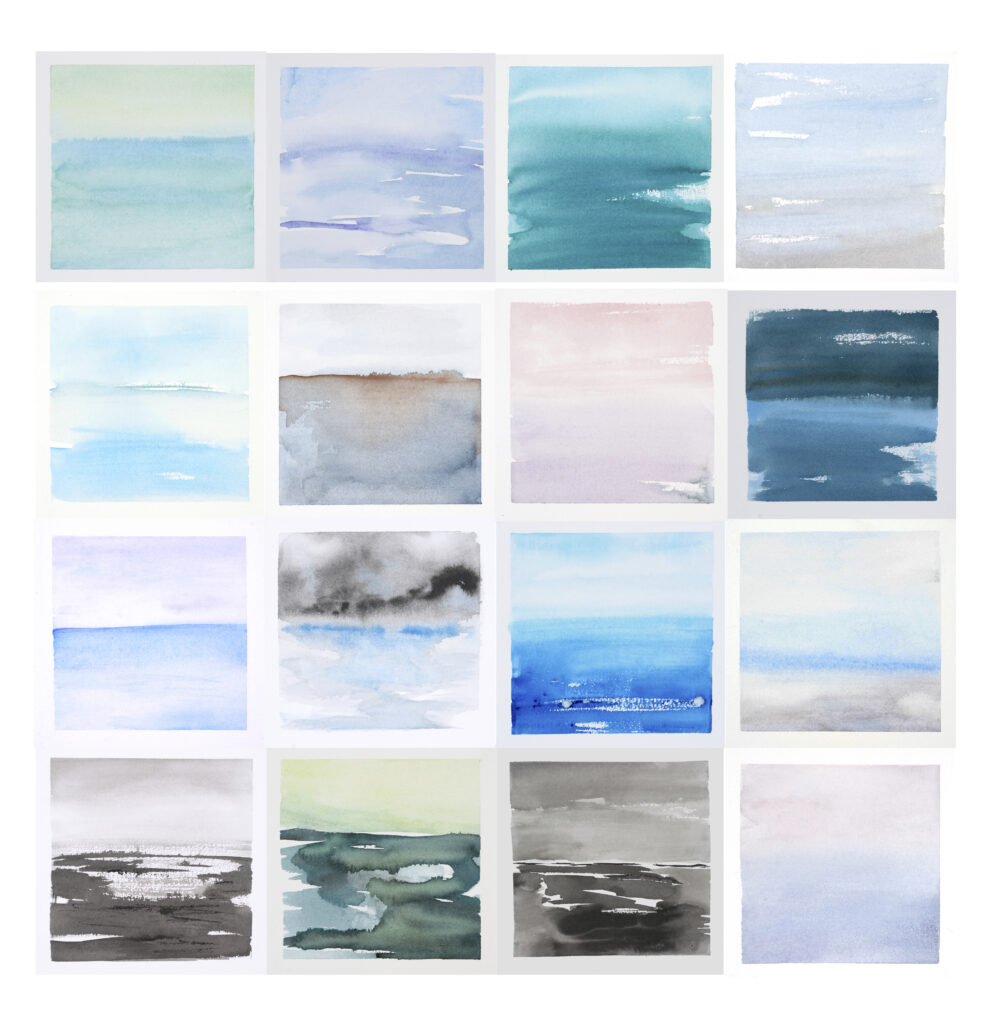

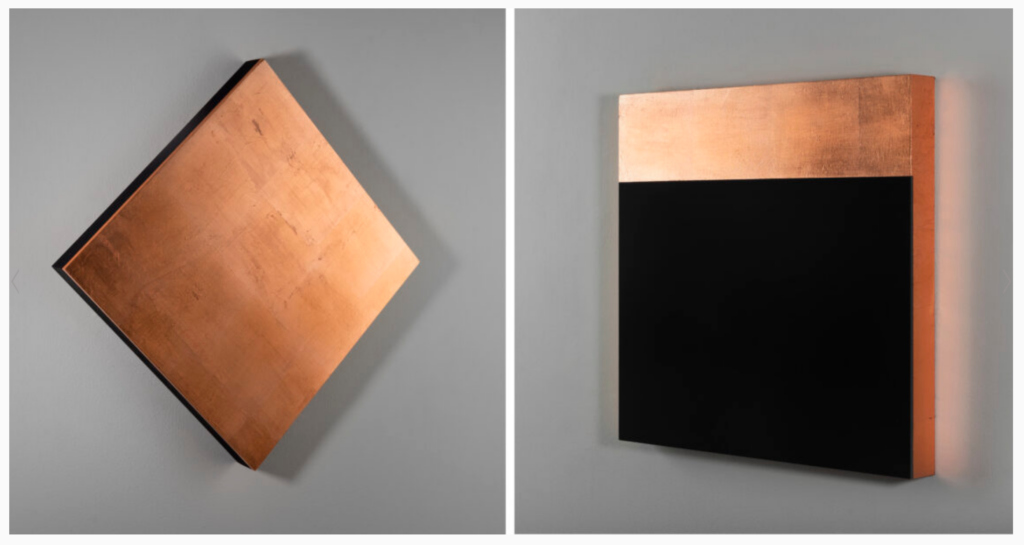
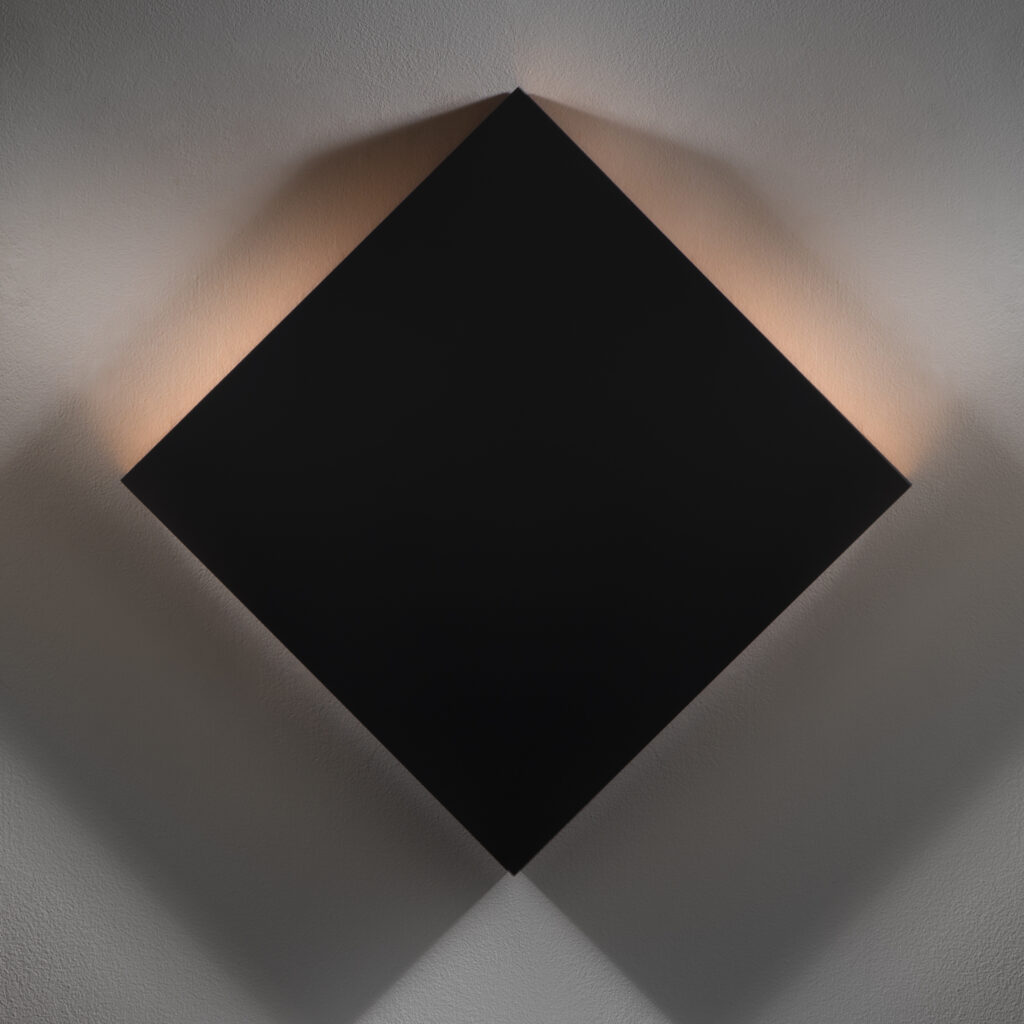
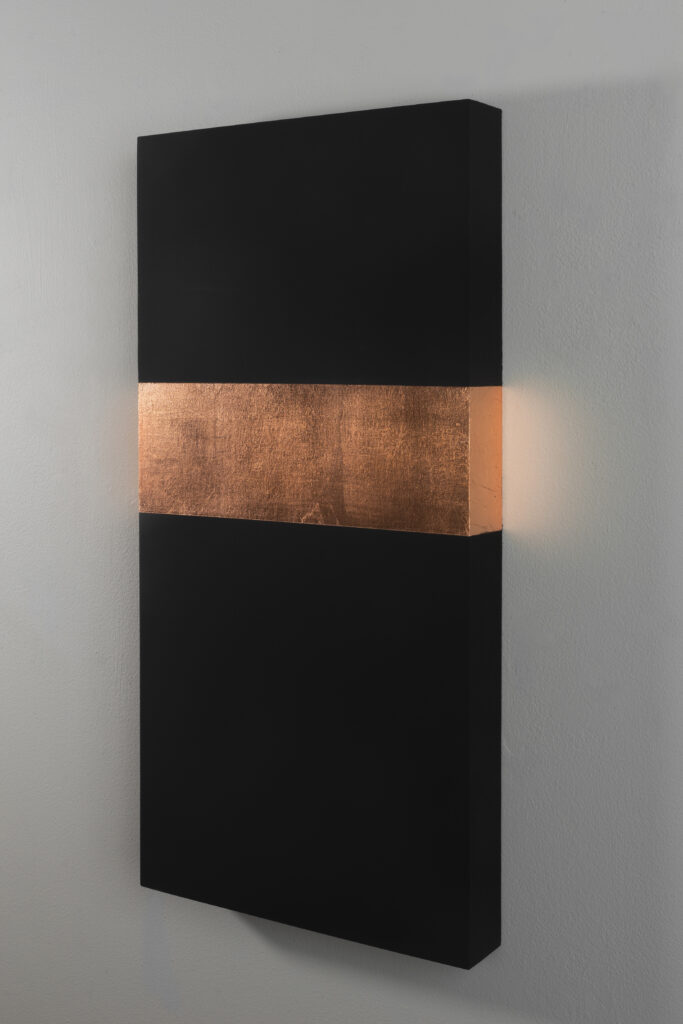
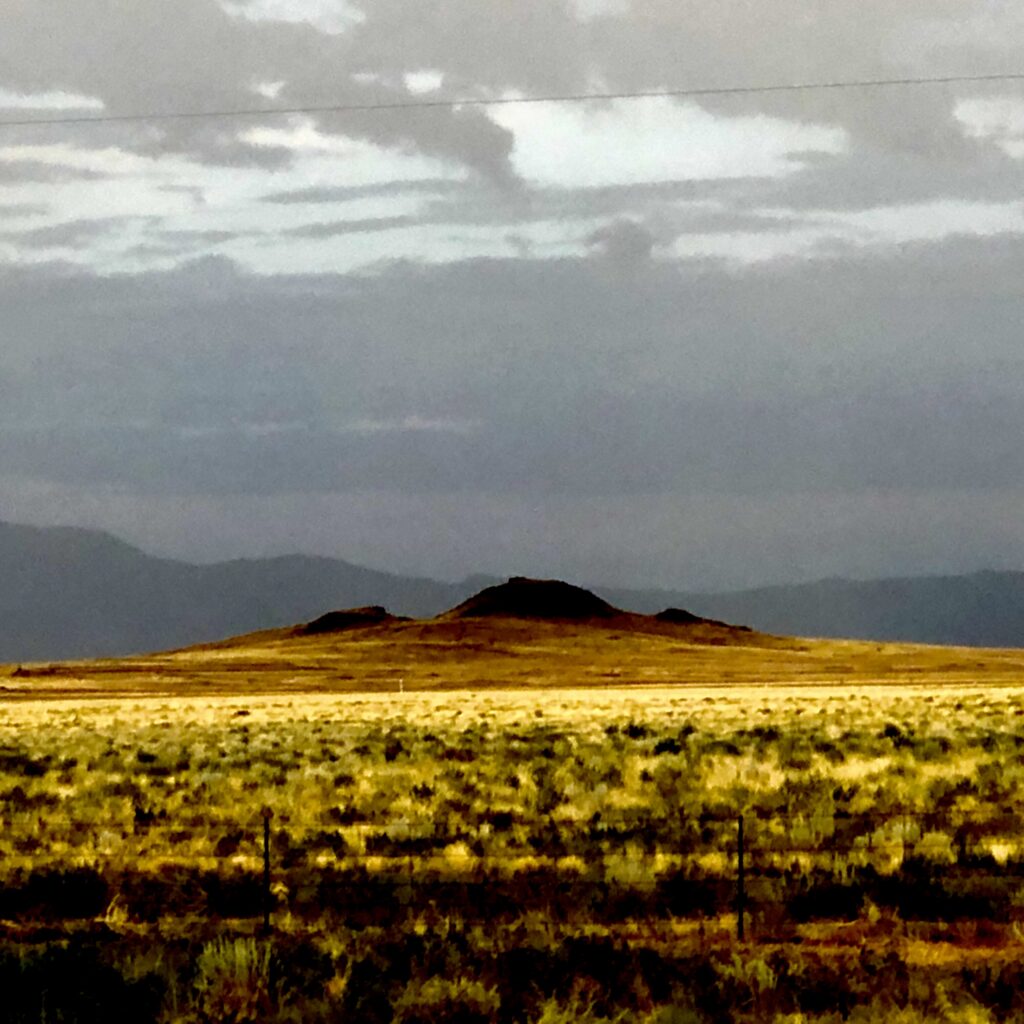 is extended time of chaos and pandemic I hope that you are okay. Like many of you I am entering my seventh month of staying-at-home that sometimes glides by with ease and sometimes seems interminable. For me this is a supreme exercise/lesson in yielding—to overlook that the to-do list that doesn’t get completed and to not judge myself or others for how they are coping. This is hard times and I need to remind myself that we need to be gentle with ourselves and others.
is extended time of chaos and pandemic I hope that you are okay. Like many of you I am entering my seventh month of staying-at-home that sometimes glides by with ease and sometimes seems interminable. For me this is a supreme exercise/lesson in yielding—to overlook that the to-do list that doesn’t get completed and to not judge myself or others for how they are coping. This is hard times and I need to remind myself that we need to be gentle with ourselves and others.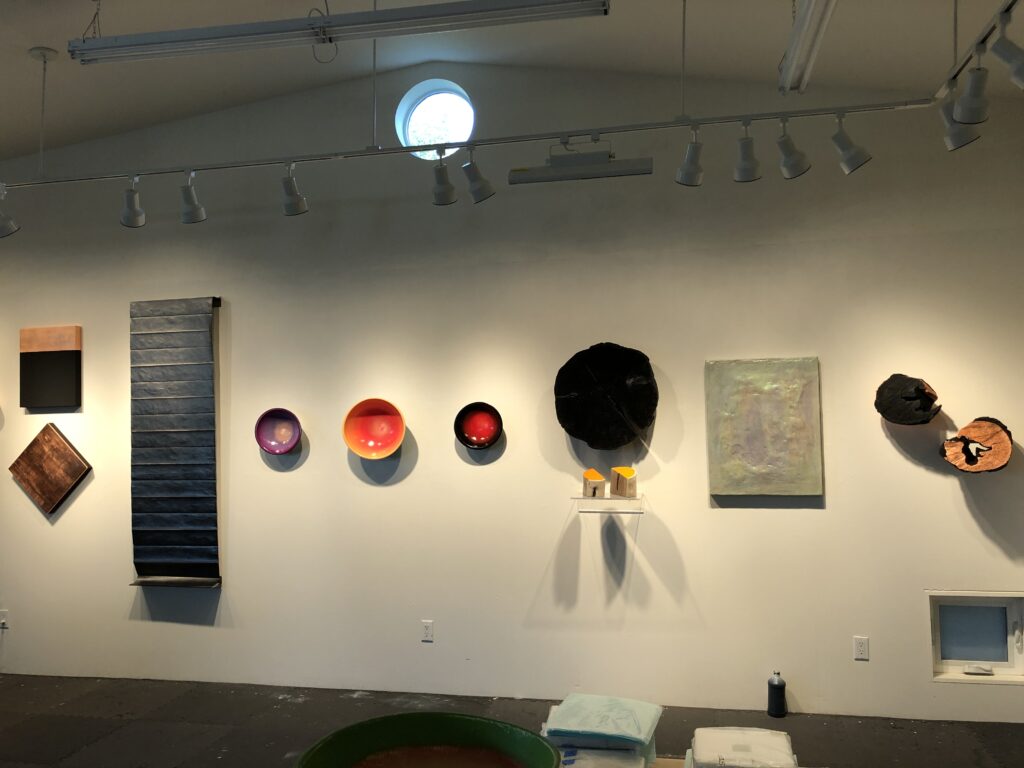
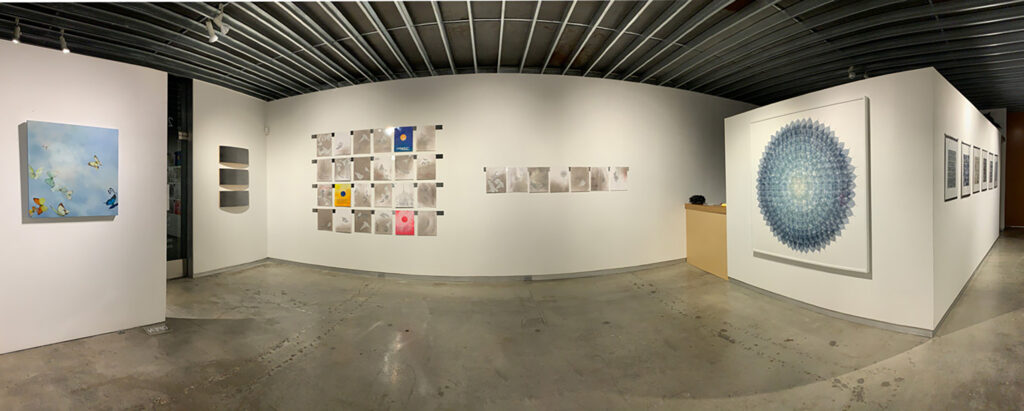 I am also adding some photos of the exhibits that went ‘live’ in July and December in South Korea and Istanbul so you can appreciate the global community keeping art alive!
I am also adding some photos of the exhibits that went ‘live’ in July and December in South Korea and Istanbul so you can appreciate the global community keeping art alive! 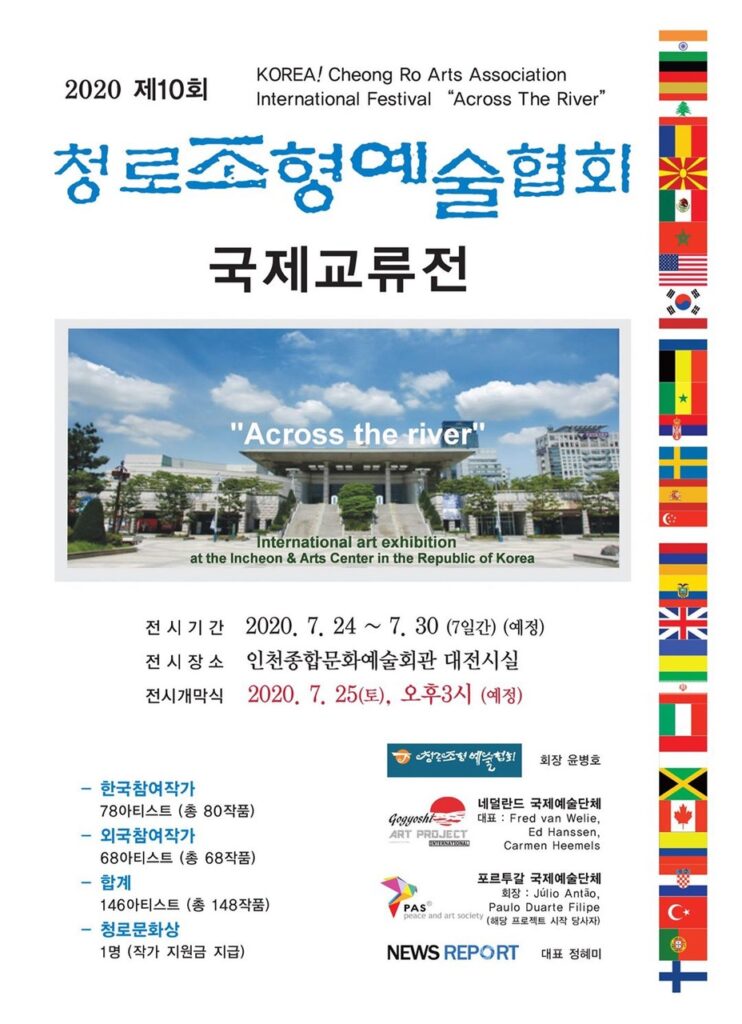
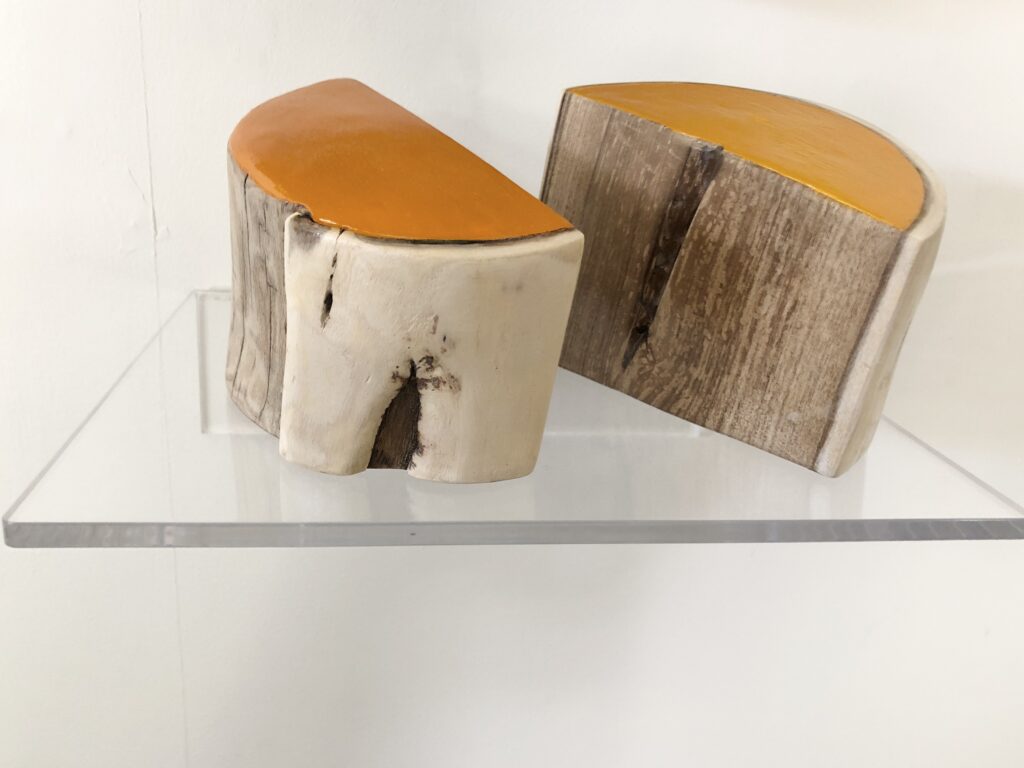
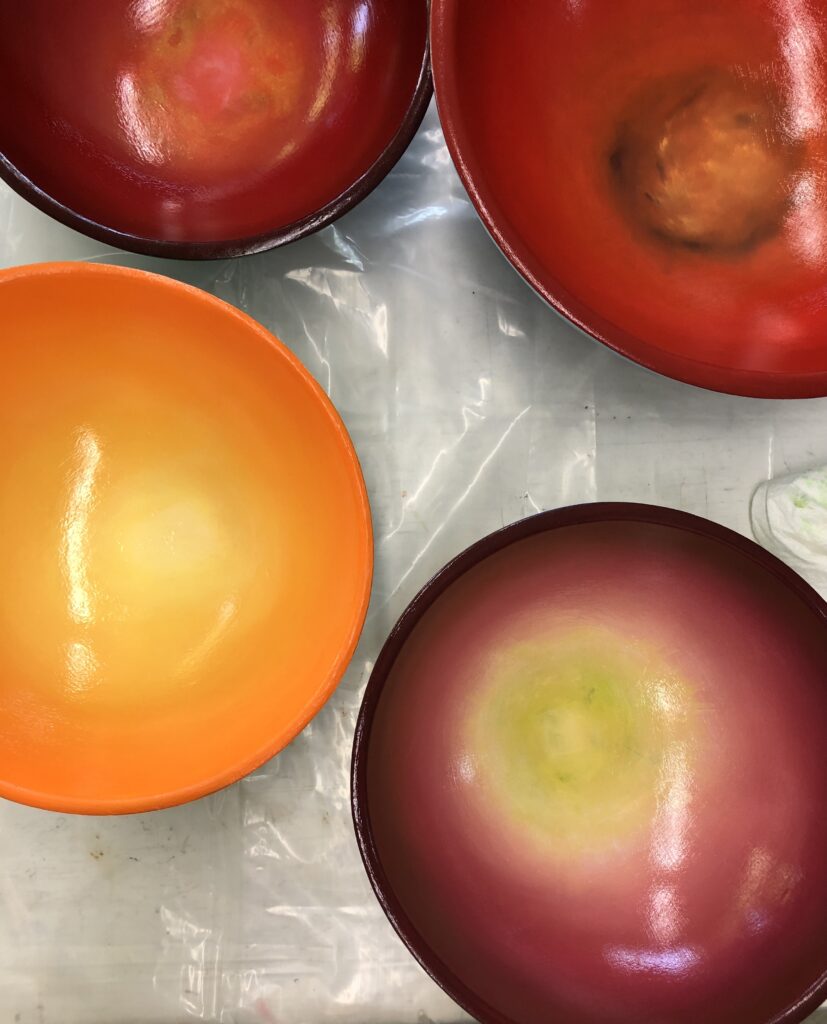
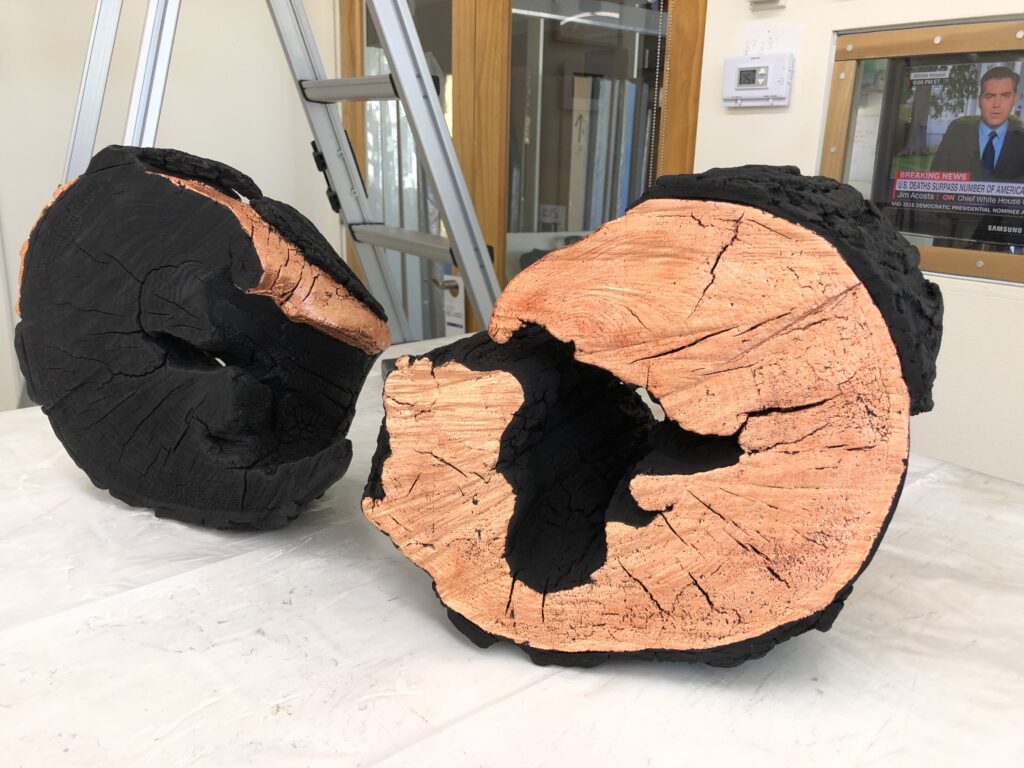 Also I’ve have finally gotten to the first stages of painting the round shape of our earth’s colors on wooden formats. They will also be painted on the concave side.
Also I’ve have finally gotten to the first stages of painting the round shape of our earth’s colors on wooden formats. They will also be painted on the concave side.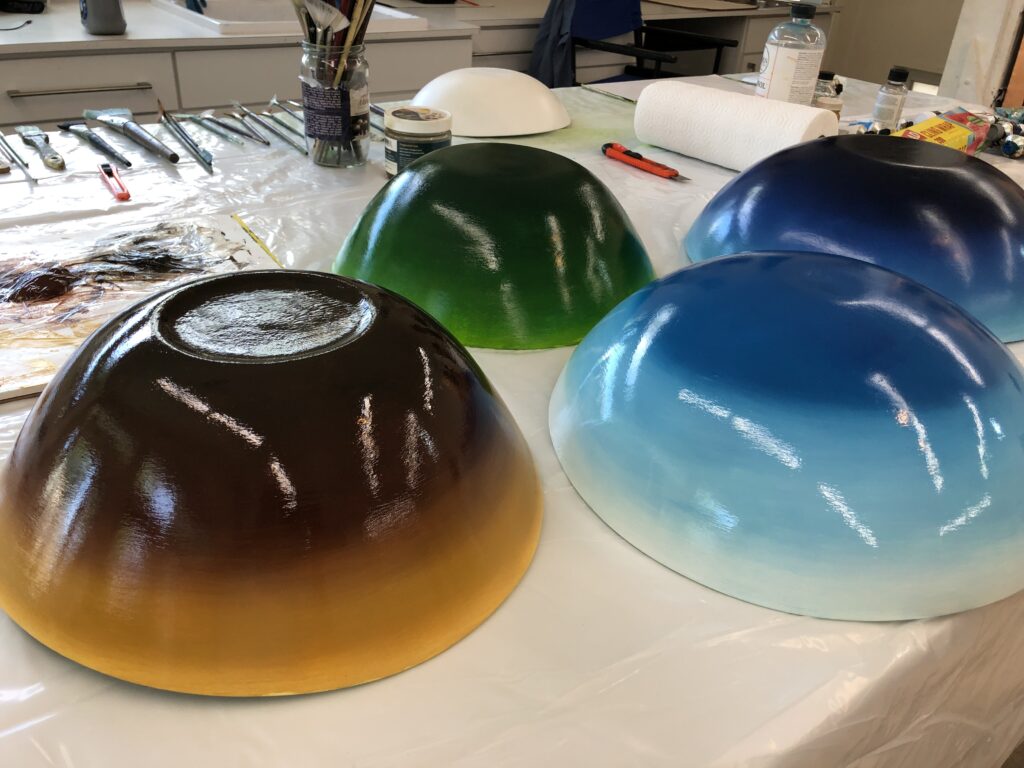
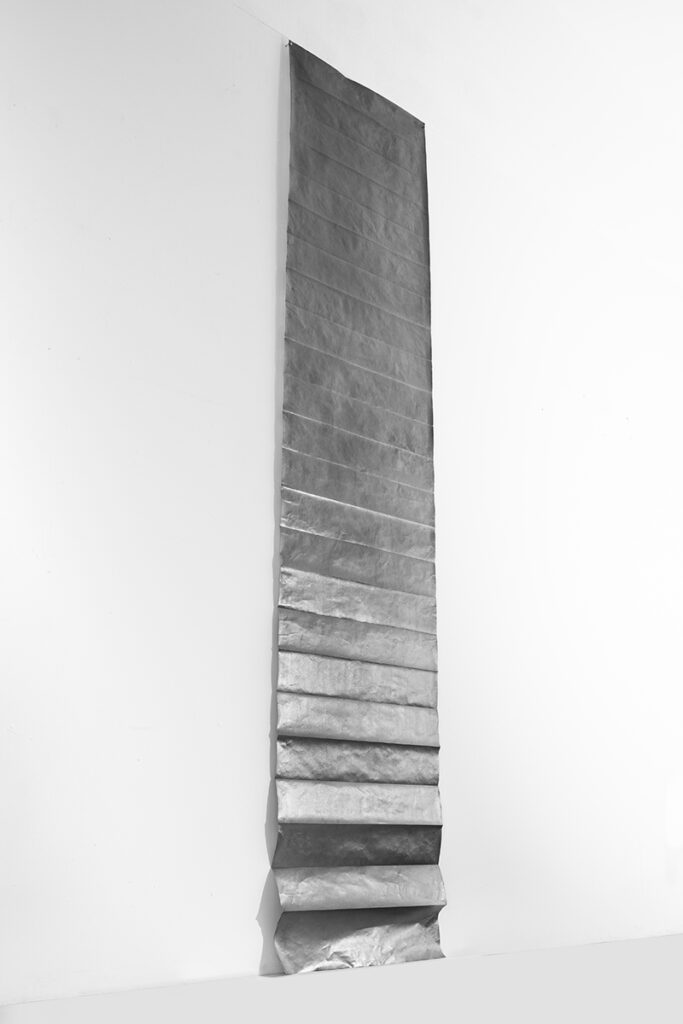
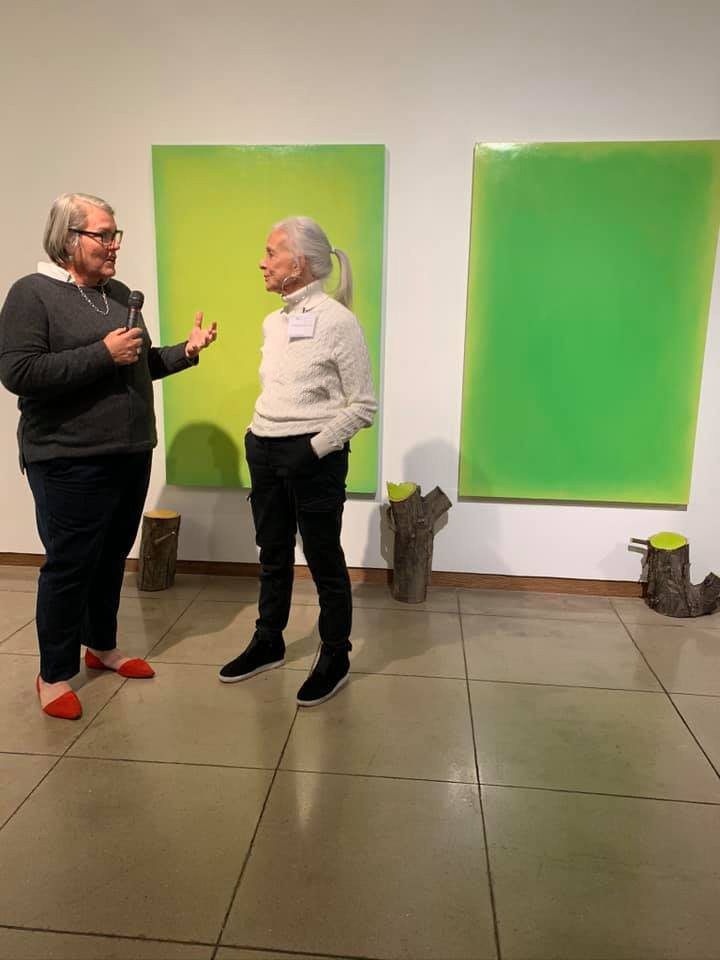
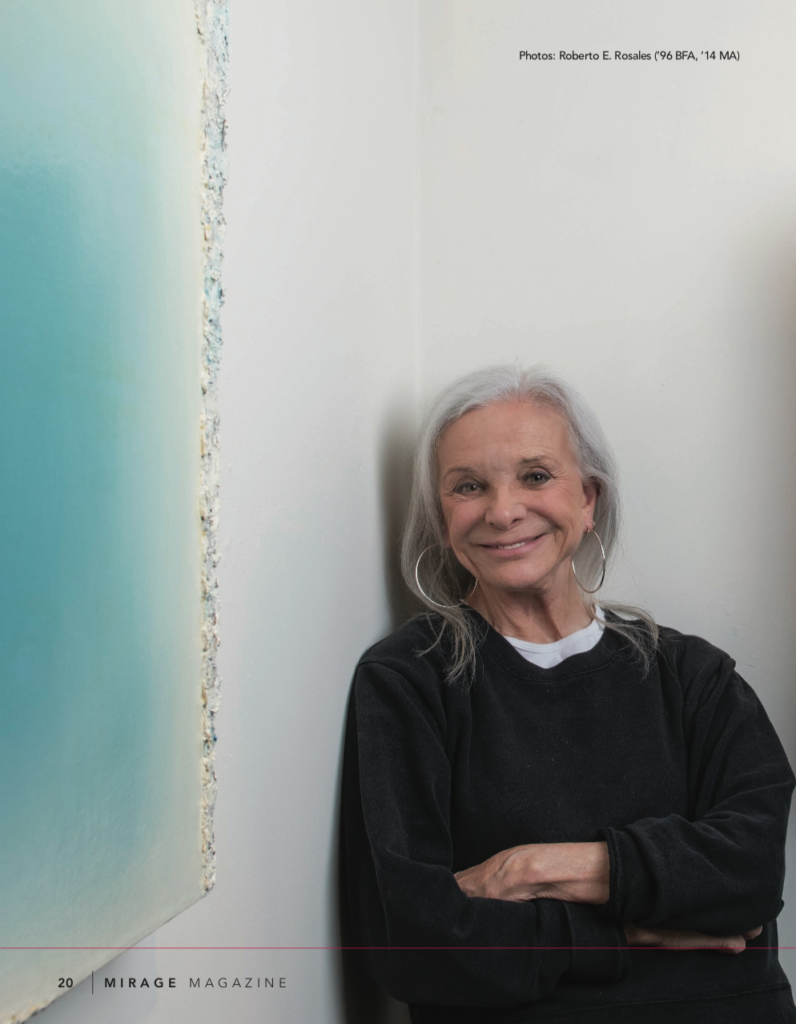

 Vinci
Vinci















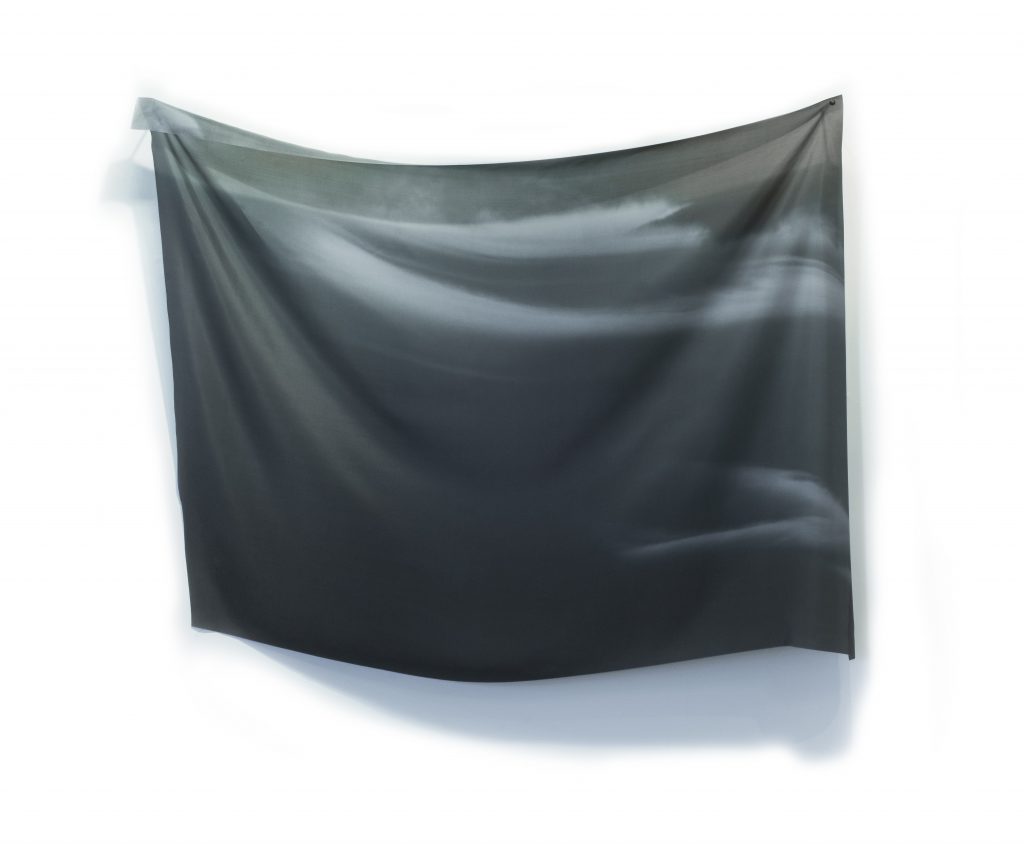
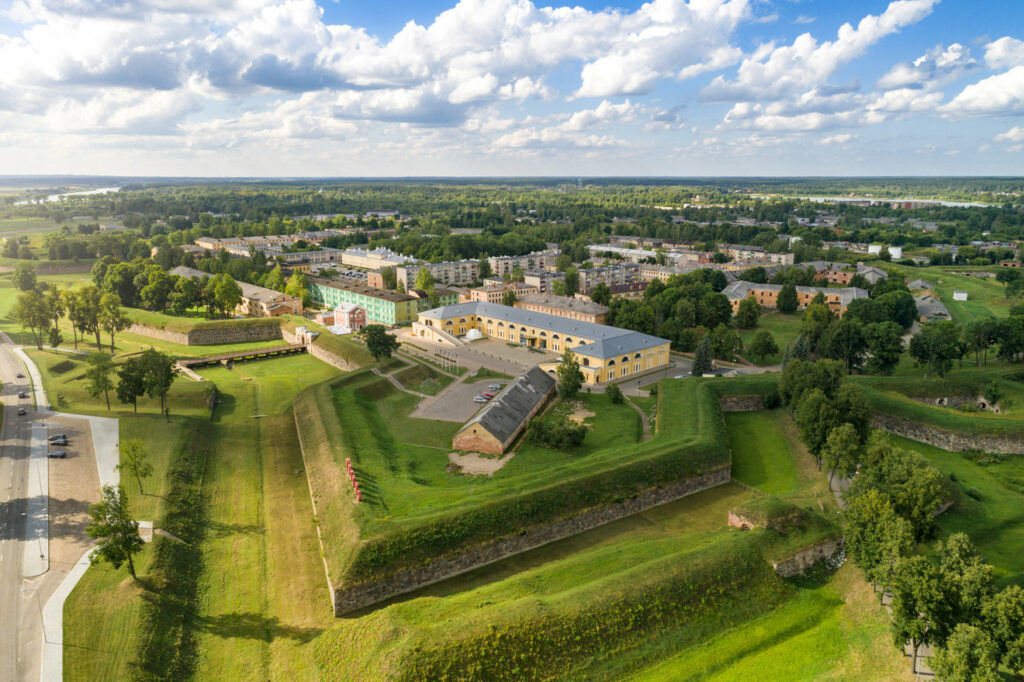 Mark Rothko Centre, Daugavpils Fortress in Daugavpils
Mark Rothko Centre, Daugavpils Fortress in Daugavpils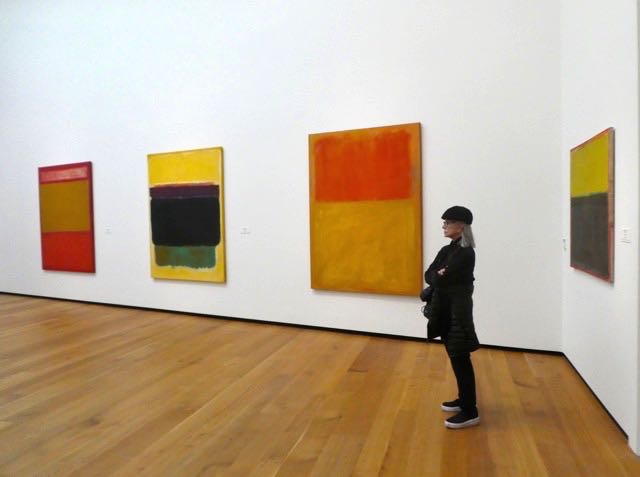 Marietta with Rothko’s paintings, National Gallery, Washington, DC.
Marietta with Rothko’s paintings, National Gallery, Washington, DC.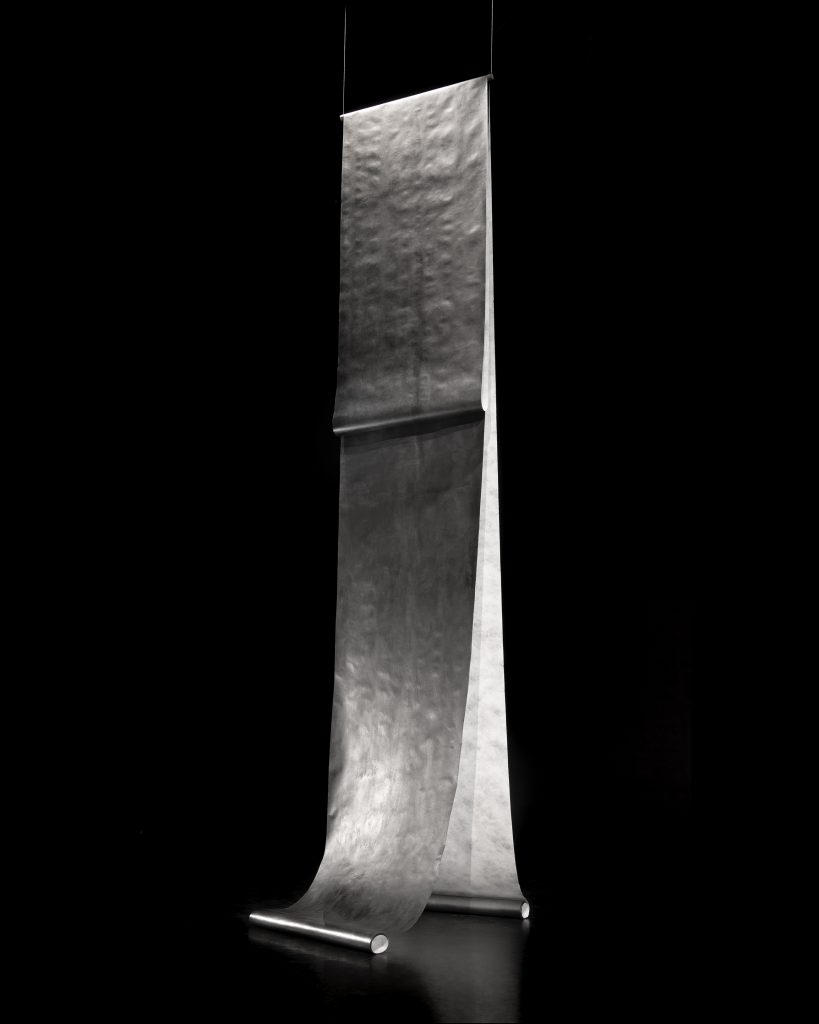
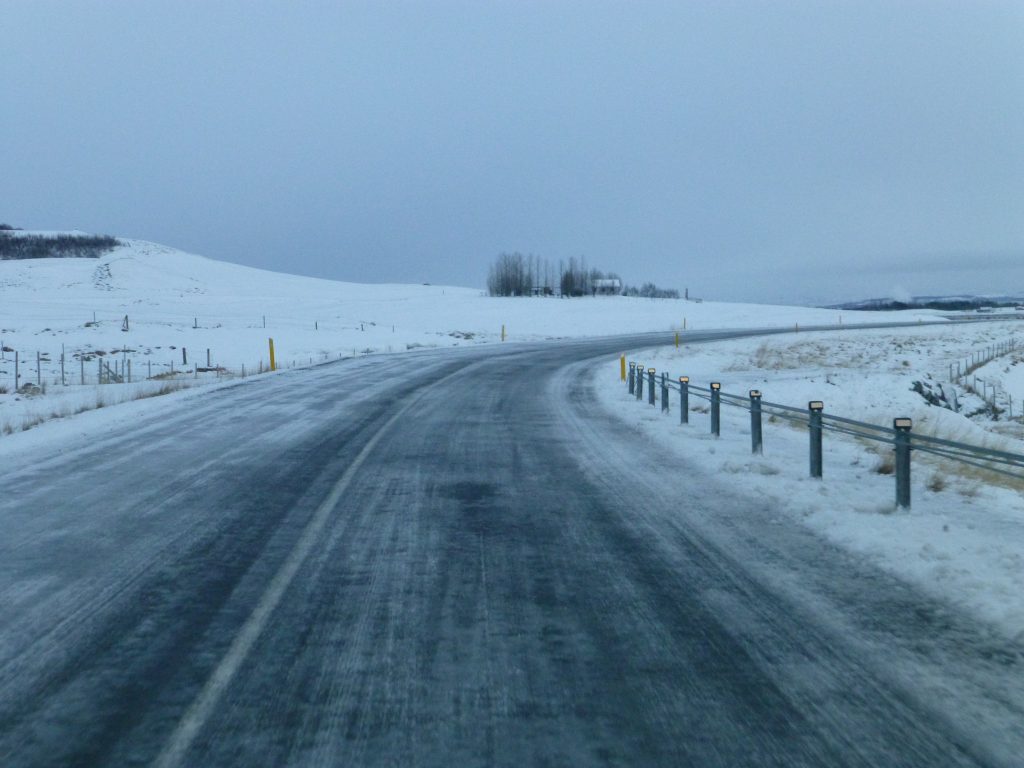
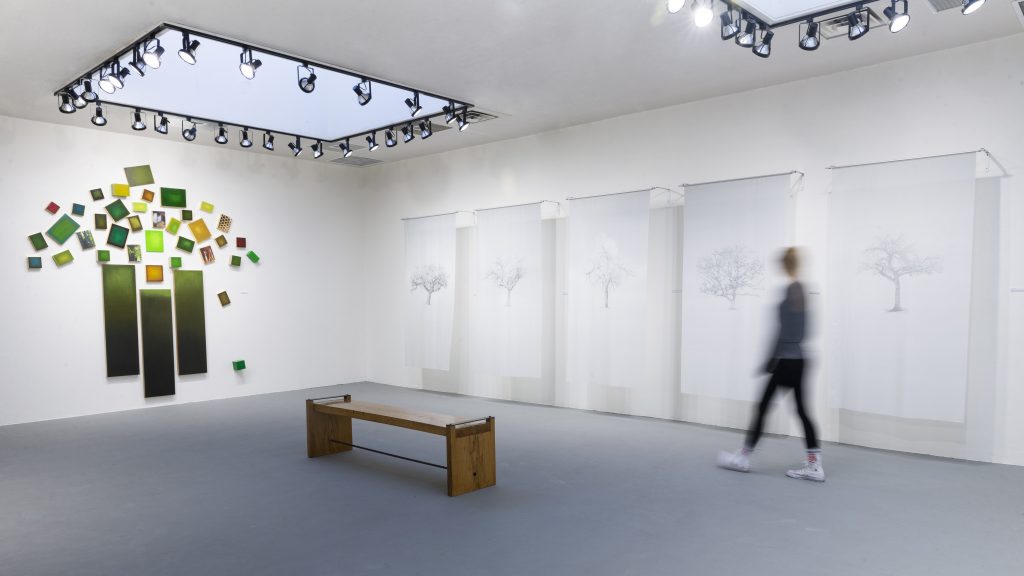 Marietta’s multimedia solo show Engrained: Ode to Trees exhibited though February in the McCray Gallery at Western New Mexico University as part of the Milner Women in the Arts Lecture Series.
Marietta’s multimedia solo show Engrained: Ode to Trees exhibited though February in the McCray Gallery at Western New Mexico University as part of the Milner Women in the Arts Lecture Series.